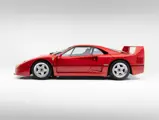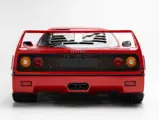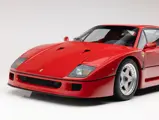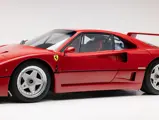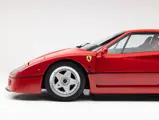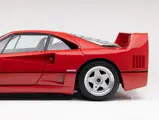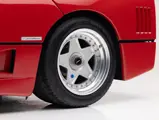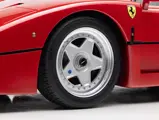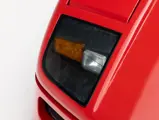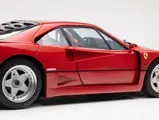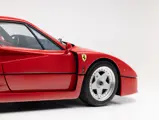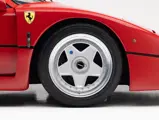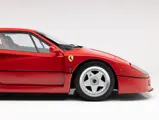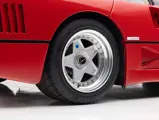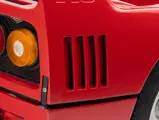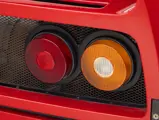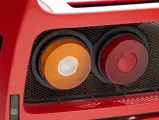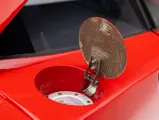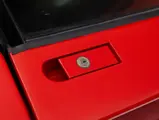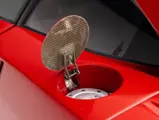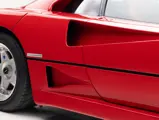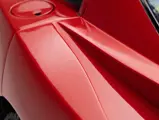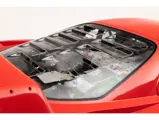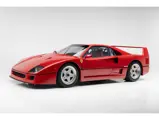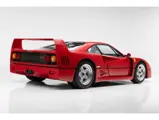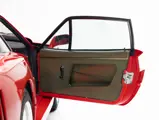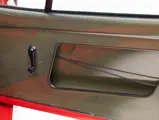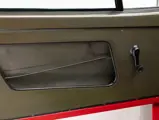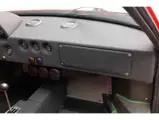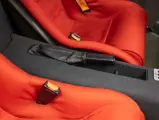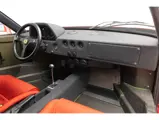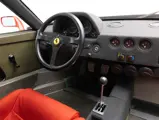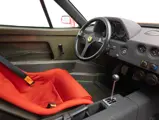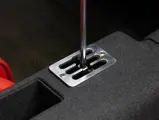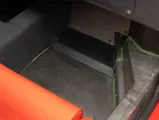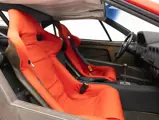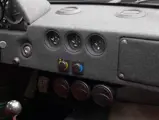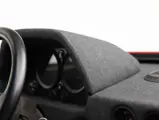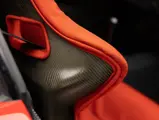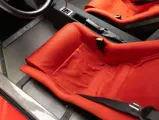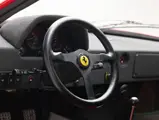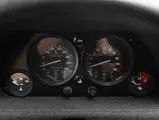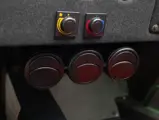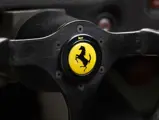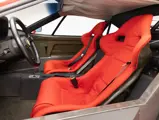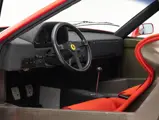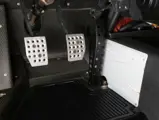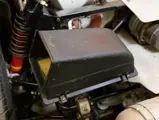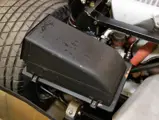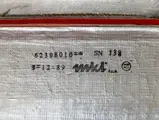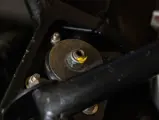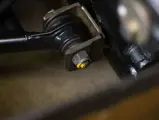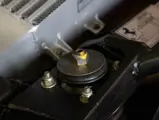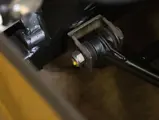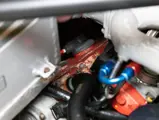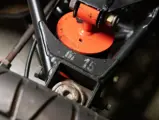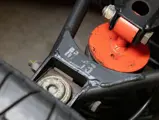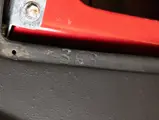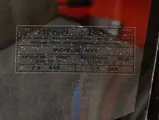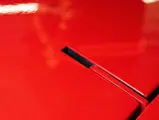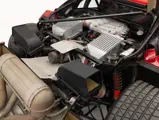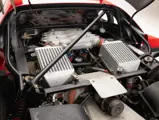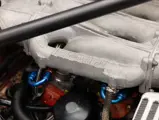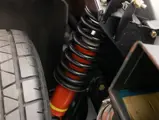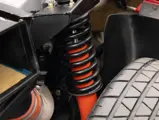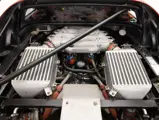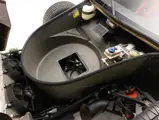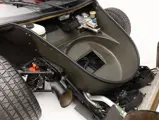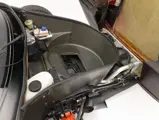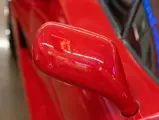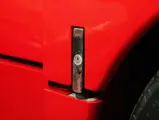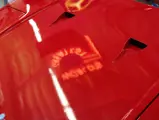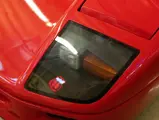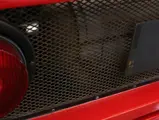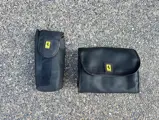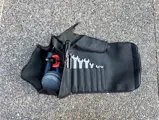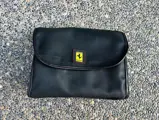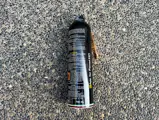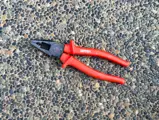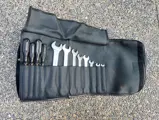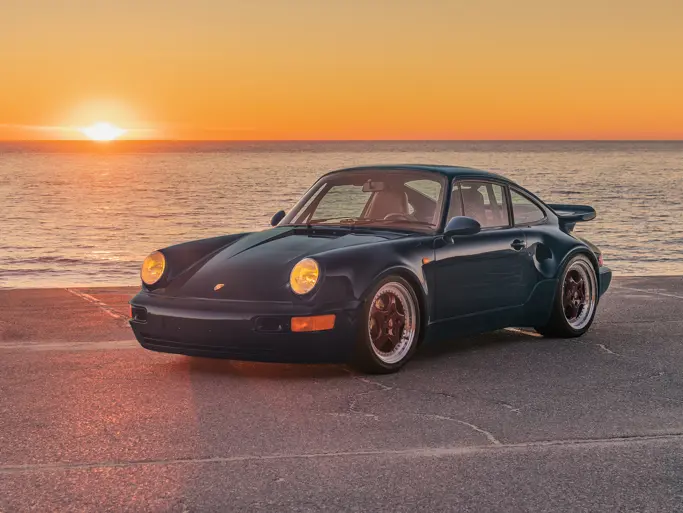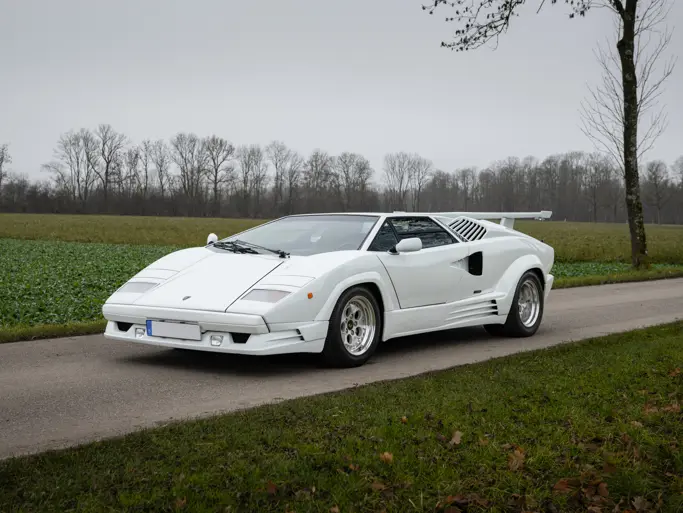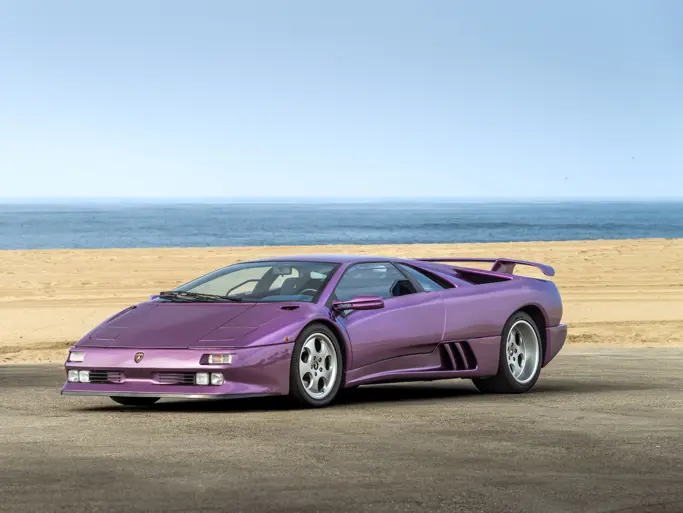
1990 Ferrari F40
{{lr.item.text}}
$3,855,000 USD | Sold
{{bidding.lot.reserveStatusFormatted}}
- Single ownership and just 360 km (~224 mi.) from new
- Desirable “non-cat, non-adjust” example
- Recent emergence from long-term storage; never before seen publicly
- A fascinating restoration opportunity for its next caretaker
CELEBRATING FOUR DECADES OF FORZA
As the progenitor of Ferrari’s flagship line of anniversary-celebrating hypercars, the F40 is undeniably one of the most special Prancing Horses ever produced. Essentially built to racing specifications with a twin-turbocharged V-8, aerodynamically perfected carbon fiber/Kevlar coachwork, and the barest modicum of cockpit trim, the F40 oozed Maranello’s racing DNA. It was not merely coincidental that this was the last model developed under Enzo Ferrari’s watchful eye, as the F40 exemplified the spirit of the Scuderia Ferrari’s finest competition machines.
Created to celebrate the 40th anniversary of Maranello’s first model, the 125 S, the F40 sent a shockwave through the automotive establishment with its racing-specification drivetrain and aerodynamically advanced wedge shape. To this day the model remains one of Ferrari’s most captivating and impressively engineered supercars, continually inspiring new generations of enthusiasts.
As the F40 was originally conceived as a FIA Group B racecar, it was developed from the superlative 288 GTO to take on the likes of the Porsche 959. When the Group B class was canceled a short time later, Ferrari decided to use the five initial 288 GTO Evoluzione development cars as the basis for a new 40th-anniversary model, one that ultimately proved to be the last supercar devised under Enzo Ferrari’s stewardship.
As it was originally engineered for competition use, the F40 featured a race-developed steel tube-frame chassis with four-wheel double-wishbone independent suspension, coil-over Koni shock absorbers, and four-caliper ventilated disc brakes. Pietro Camardella’s body design, executed under the direction of Leonardo Fioravanti and aerodynamically perfected in Pininfarina’s wind tunnel, was built with paneling woven from Kevlar and carbon fiber, reducing curb weight by approximately 20 percent while simultaneously tripling the car’s structural rigidity.
The 288 GTO’s twin-turbocharged V-8 was bored to displace 2.9 liters and equipped with IHI turbochargers and Behr intercoolers. The resulting type F120 040 engine initially developed 478 horsepower and 425 pound-feet of torque, impressive power figures even by today’s standards. Mated to a five-speed transaxle actuated by a gated shifter, the V-8 was capable of launching the low-weight F40 to 60 mph from a standstill in just 3.8 seconds and an official top speed of 201 mph.
Cosmetically, the F40 amply reflected its basis in racecar development, with the lightweight aerodynamically perfected body peppered with air-channeling NACA ducts. The spartan interior design was equally thoughtful, featuring weight-reducing elements such as pull-strap door releases, drilled pedals, Perspex windows, and cloth upholstery on plastic-composite racing seats.
Publicly introduced at the 1987 Frankfurt Motor Show, the F40 was initially earmarked for a low production run of 400 examples, but skyrocketing customer interest prompted Ferrari to ultimately build 1,315 cars. While early examples epitomized the model’s no-compromise design philosophy, safety and emissions concerns eventually prompted changes that softened the hypercar’s spartan character. Roadgoing customers concerned with steep driveways were mollified with an optional self-leveling suspension that allowed the ride height to be adjusted, an innovative system that often proved to be more troublesome than worthwhile.
Meanwhile, tightening environmental regulations necessitated the implementation of catalytic converters for some markets, reducing the powerful drivetrain’s capacity to breathe. F40s without the adjustable suspension and catalytic converters—known in the Ferrari niche as “non-cat, non-adjust”—soon became highly prized for their superior handling and less-restricted engines, and these desirable examples now command a premium in today’s market.
THIRTY-FIVE YEARS IN HIBERNATION
This F40 is undoubtedly one of the last examples not only still being with its original owner but also having near delivery mileage. Completing assembly in February 1990, chassis number 84036 was specified as a European-market example with instruments in kilometers. As such, the car was built without catalytic converters and adjustable suspension, making it one of the prized “non-cat, non-adjust” chassis.
The Ferrari distributor for Southeast Asia delivered the car to its first and only owner who left it in static storage for 35 years. Under his care, it was kept out of public view and was never driven or even serviced. The car has remained unseen and completely off the radar its entire life.
With just 360 kilometers (~224 miles) on the odometer, this Ferrari displays remarkable originality, evident in factory markings and body numbers, including original blue stickers on the wheels (noting the wheel nuts were torqued on the assembly line), original 1989 date-coded tires, and original witness markings on all fittings. Under close examination, it is very clear that this F40 has never been disassembled and remains in incredibly original condition, with significant carbon weave visible throughout the car.
While this F40 was not used and kept in storage, please note that it would need significant restoration to be brought back to show-ready condition. Bidders should also note that while it has been cleaned, no attempt has been made to start the car since its emergence and a major service will be required should the next owner wish to drive it. A leak-down test was conducted in advance of the sale to test the integrity of the engine, with readings found to be 2% across all cylinders. Included with the sale are a set of F40 tools and books.
Make no mistake, chassis number 84036 offers a fantastic opportunity for F40 enthusiasts. It can be preserved as-is, in a testament to the car’s striking originality and recently discovered condition, or it can serve as a blank slate for restoration. This car offers an unparalleled platform for restoration, considering its utmost originality, and a history clear of any dramatic incidents.
In any event, this truly unique F40 stands to make a fascinating addition to any collection.
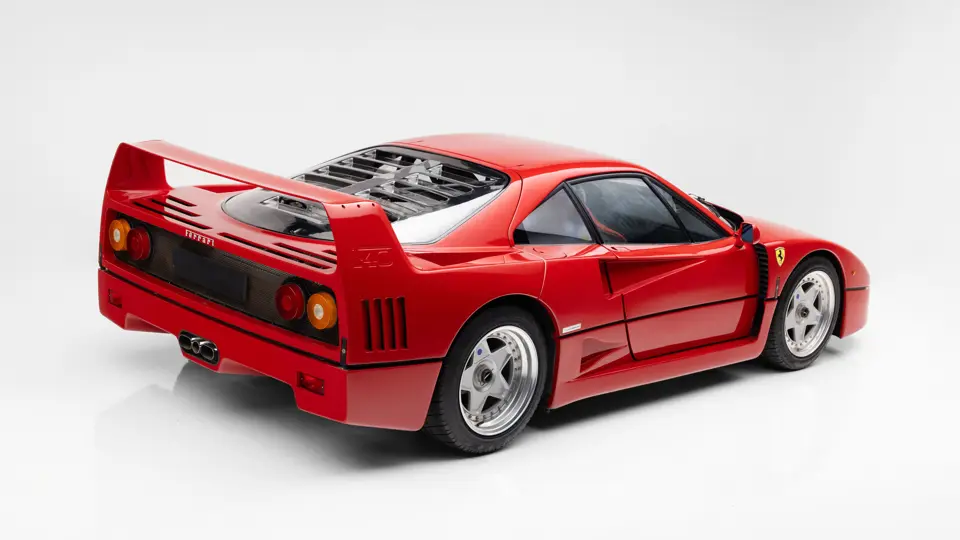
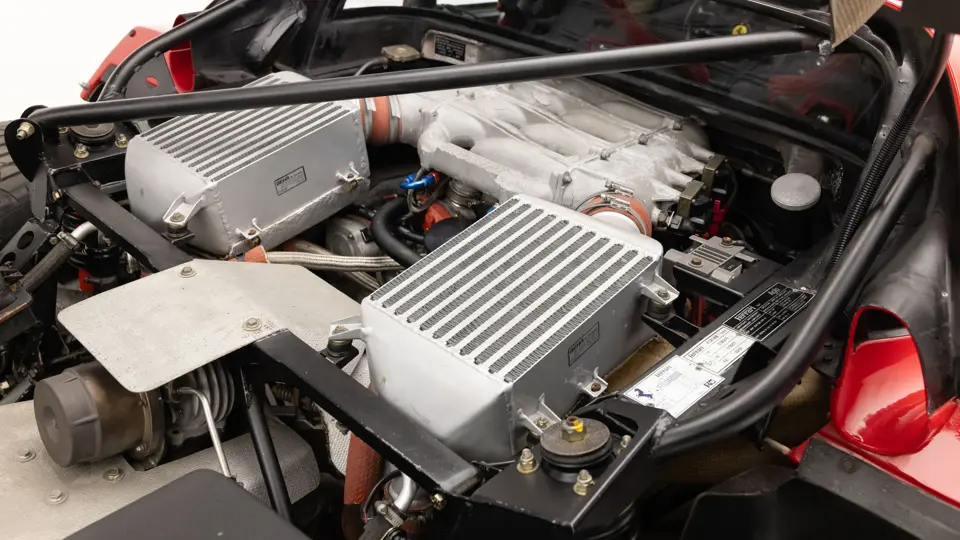
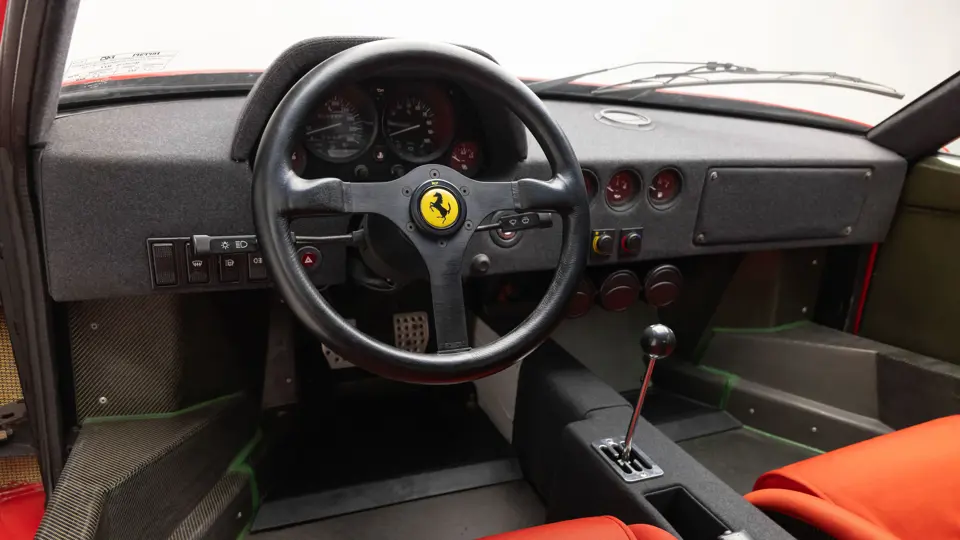

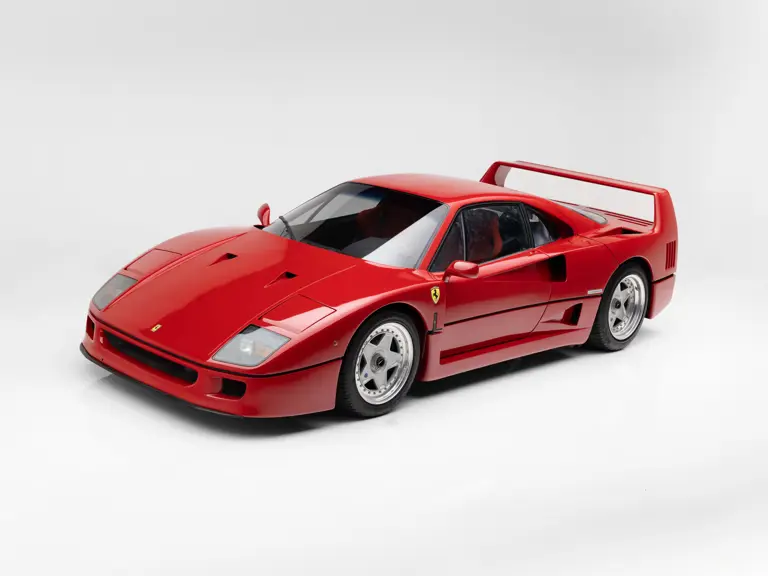


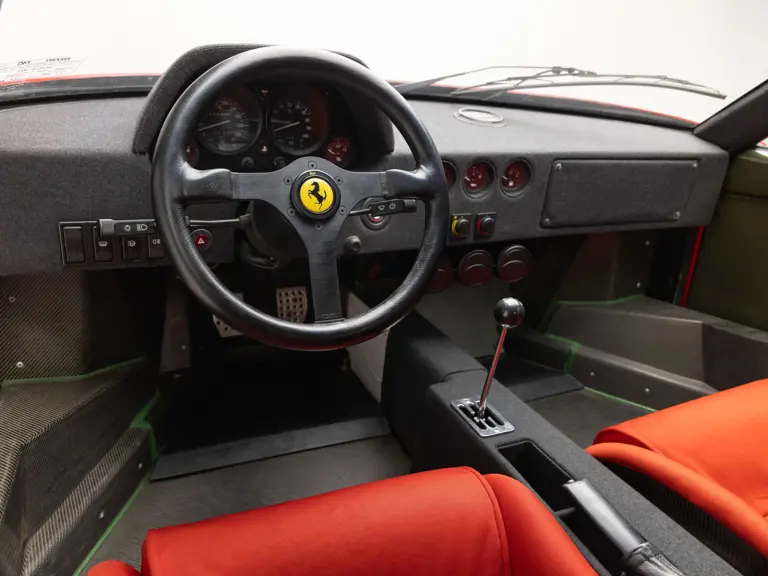
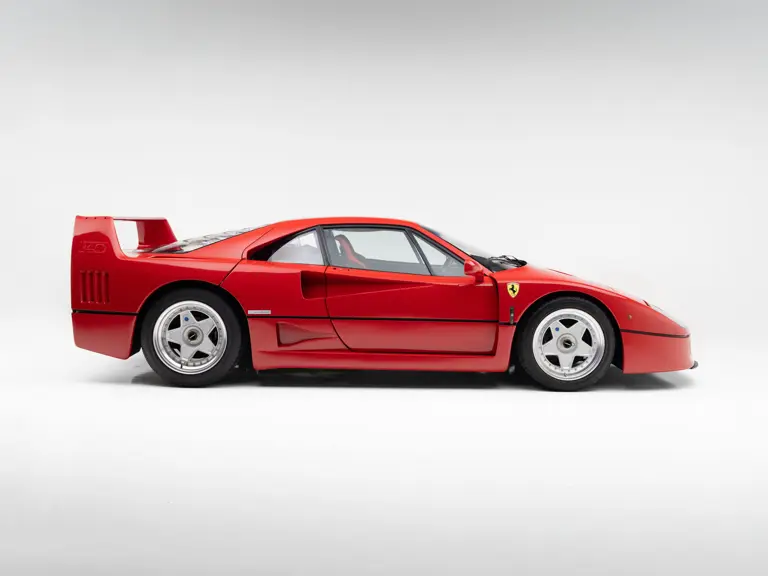

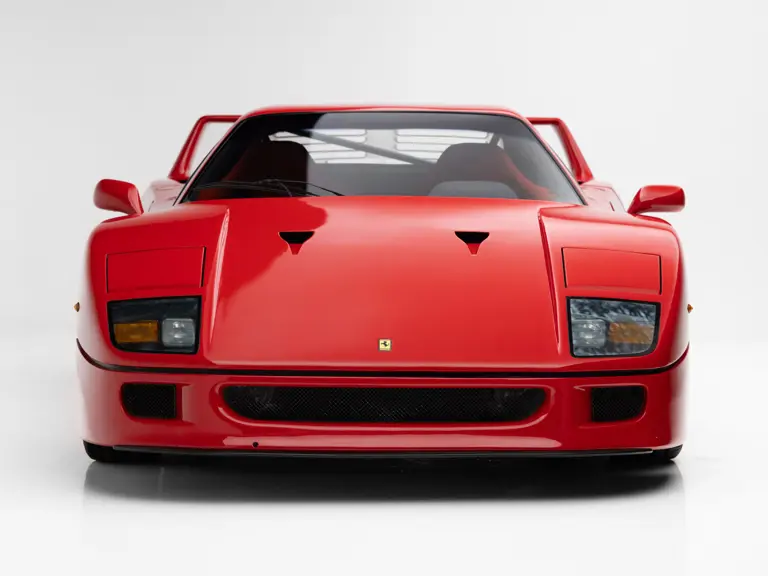
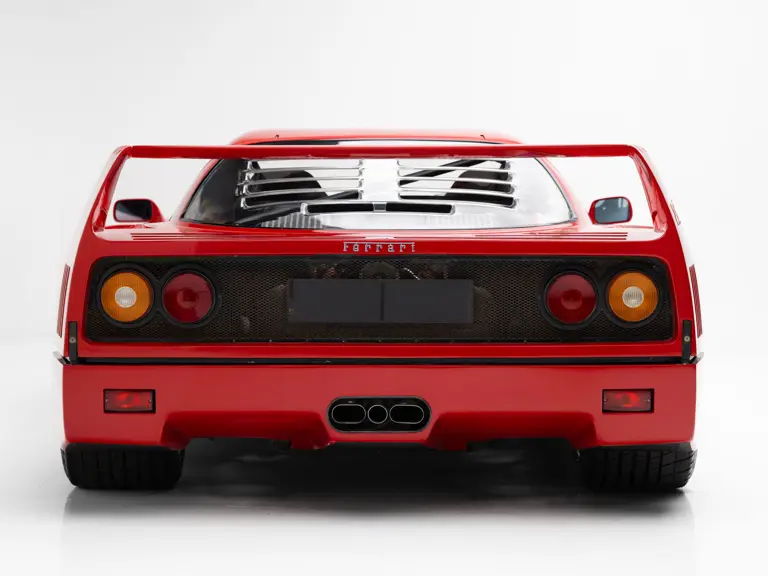
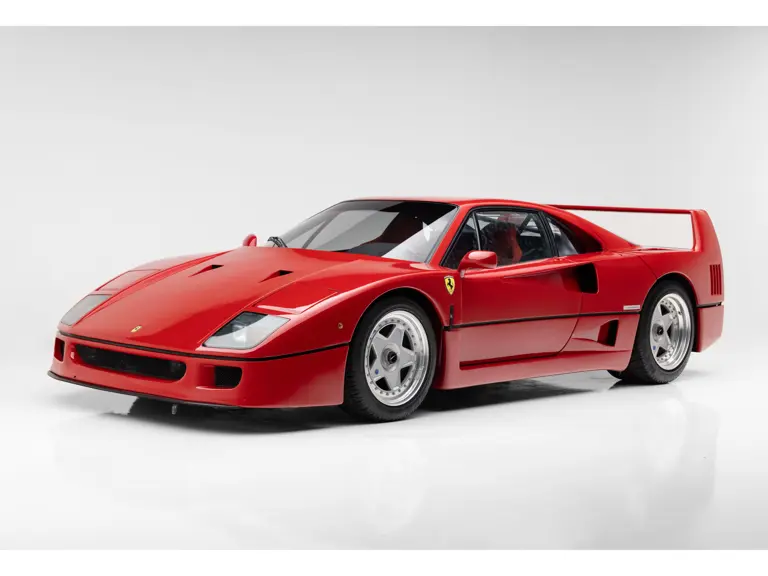
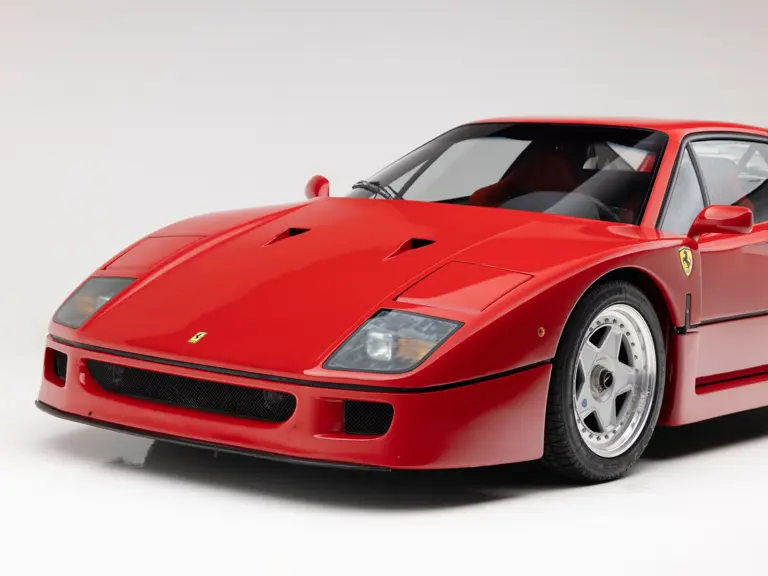
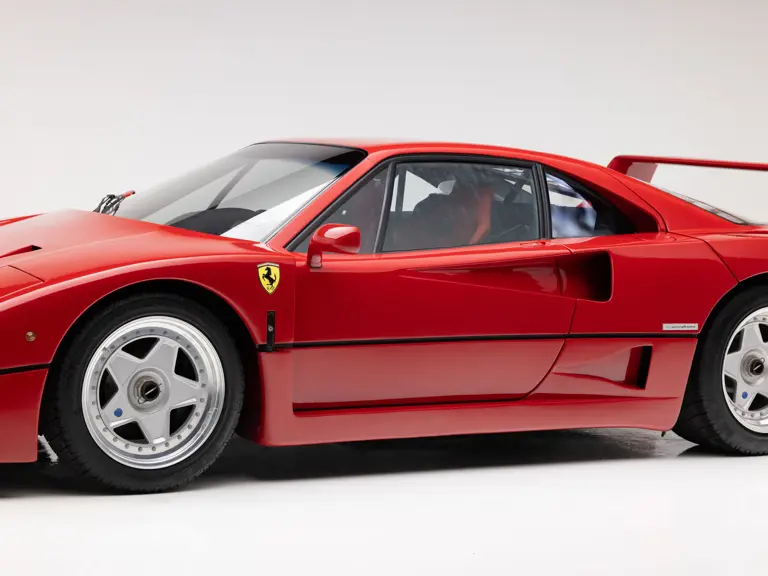
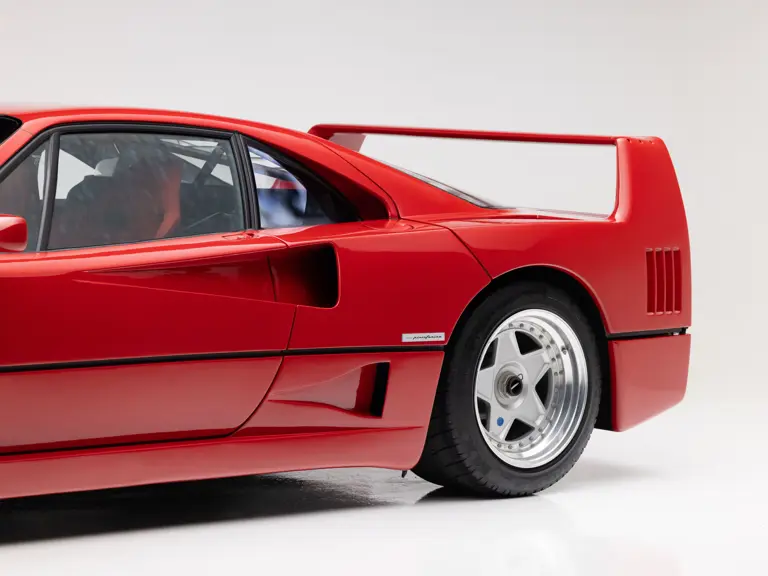

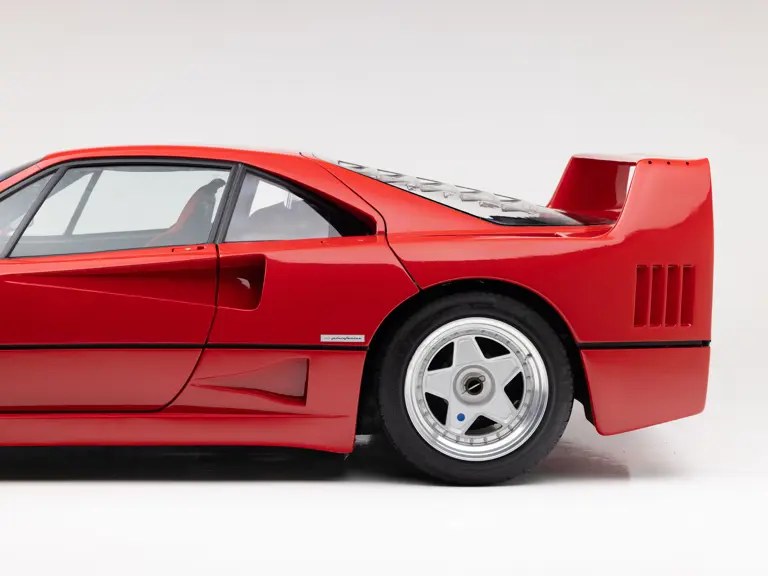

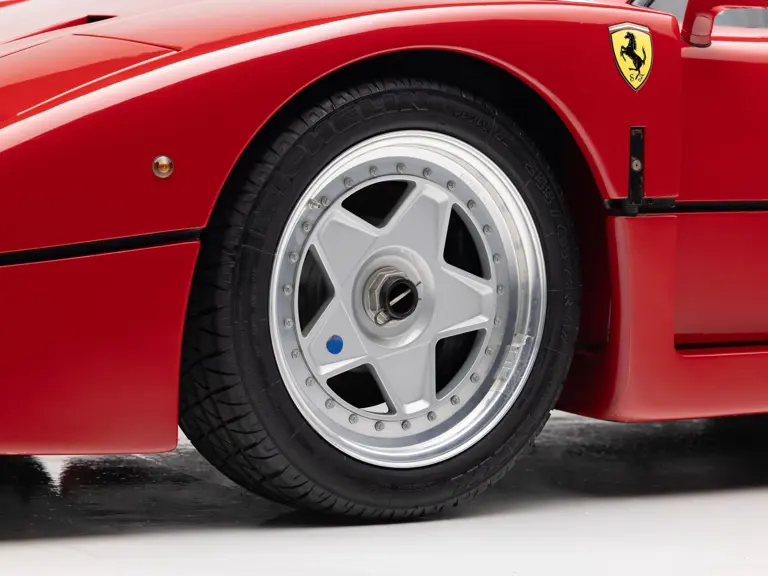

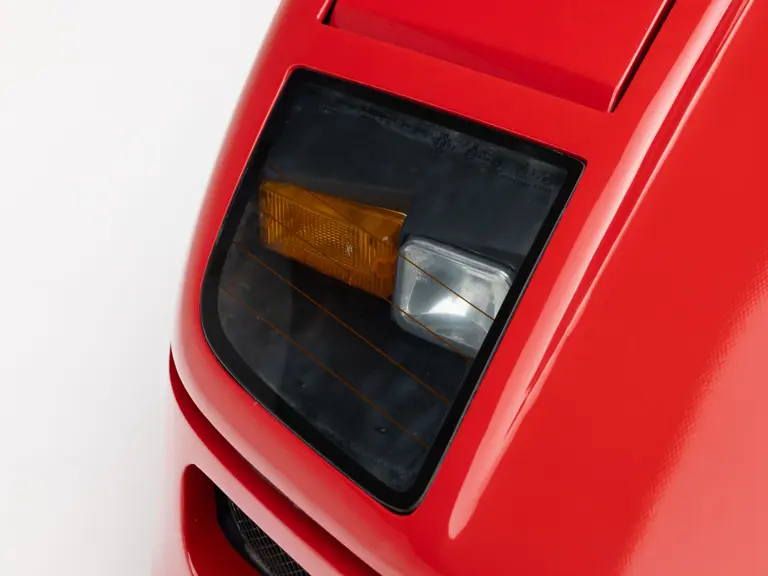
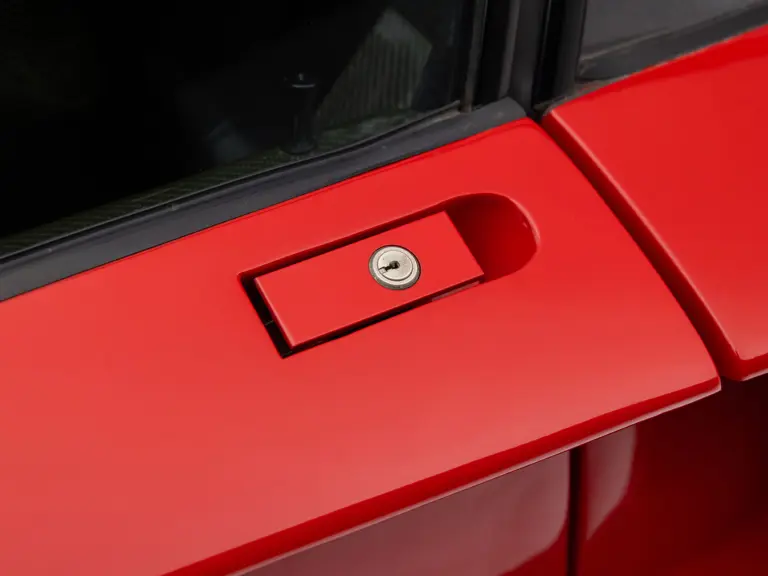
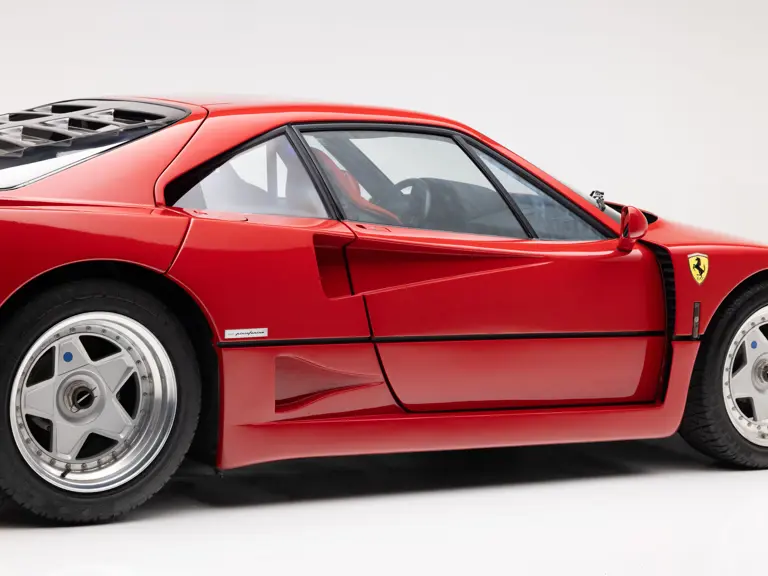
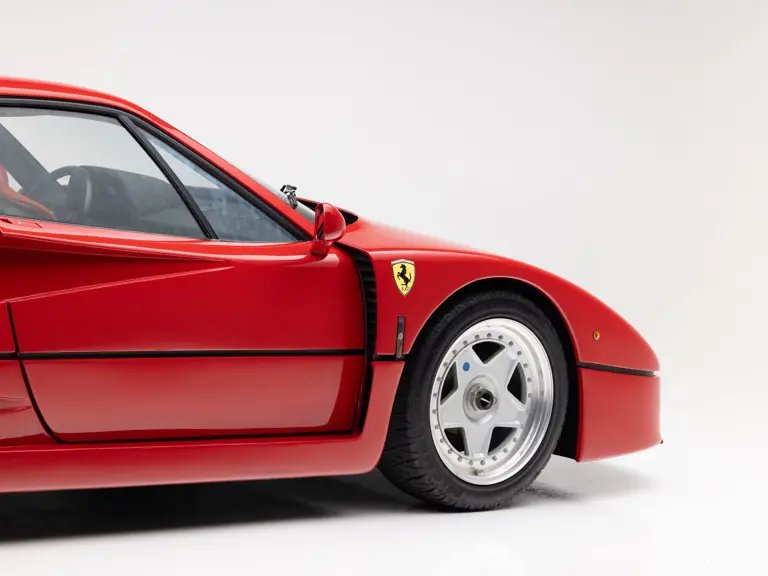

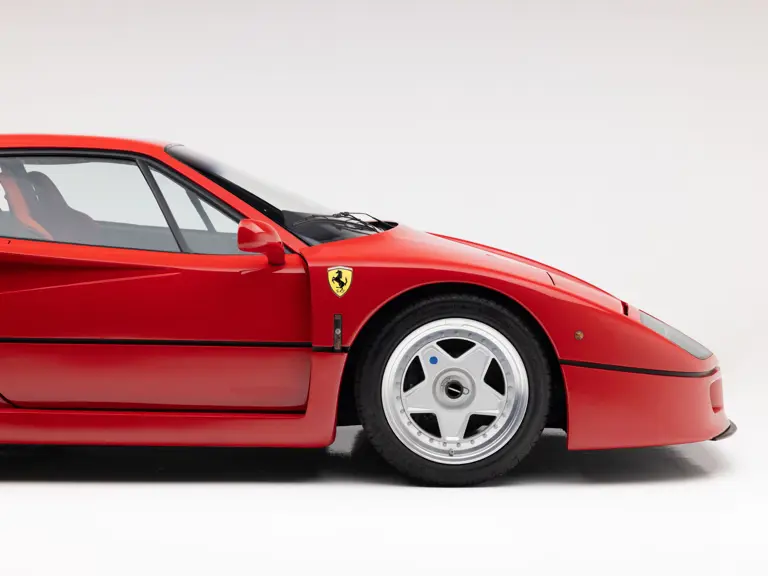
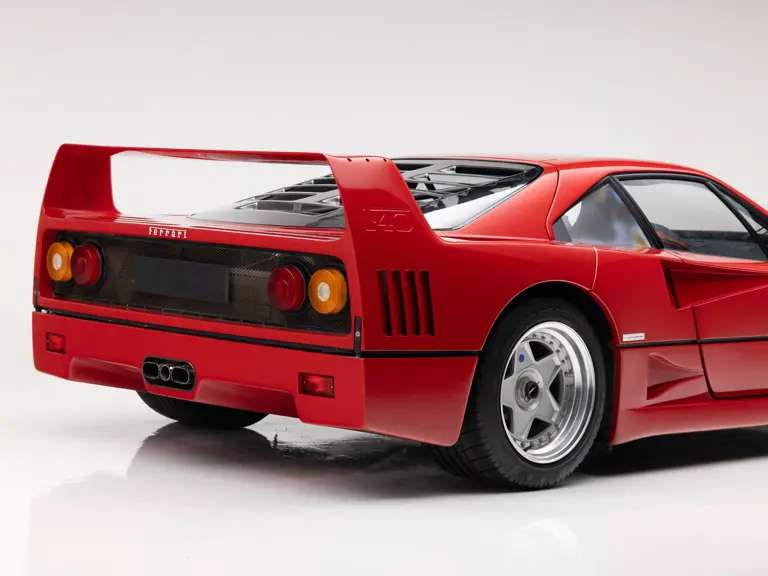
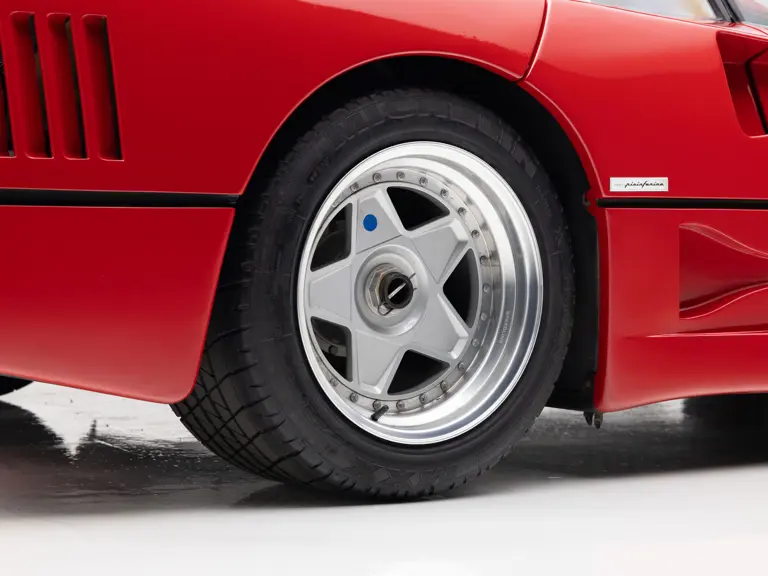

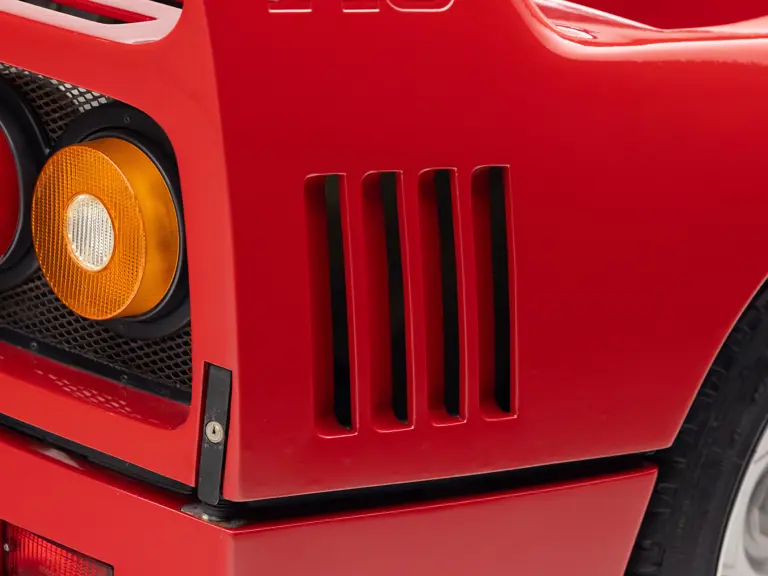
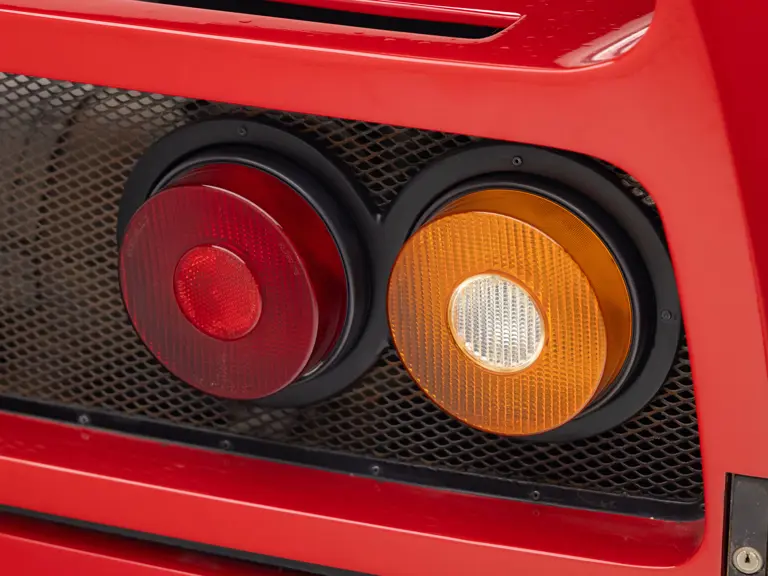
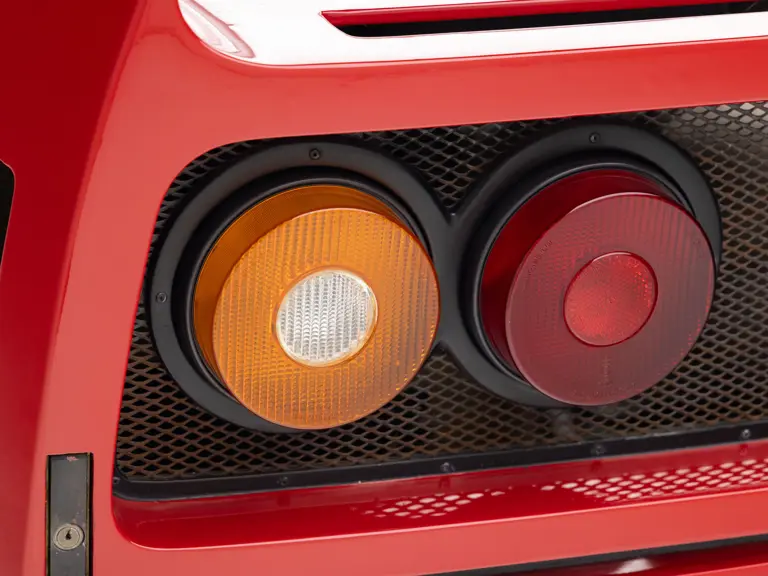
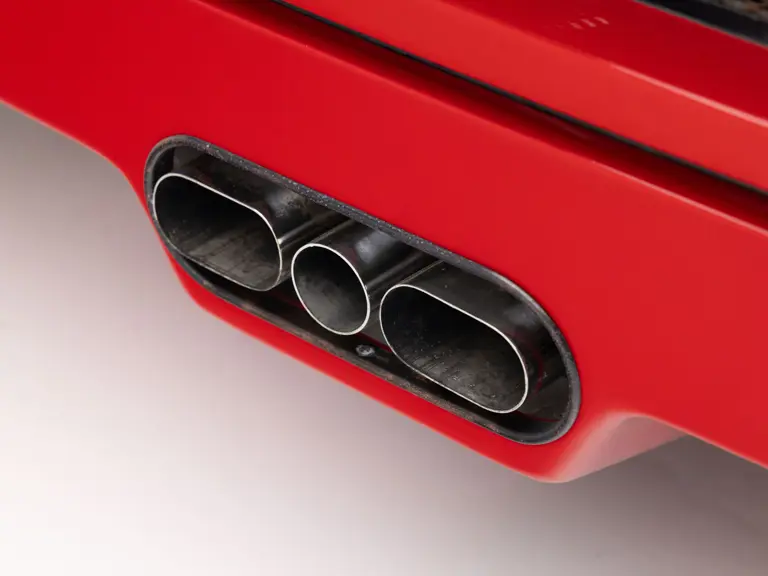
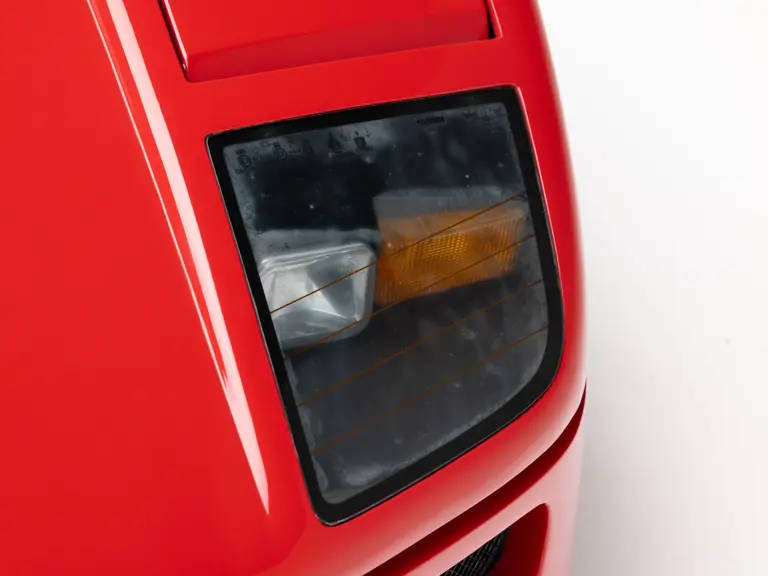
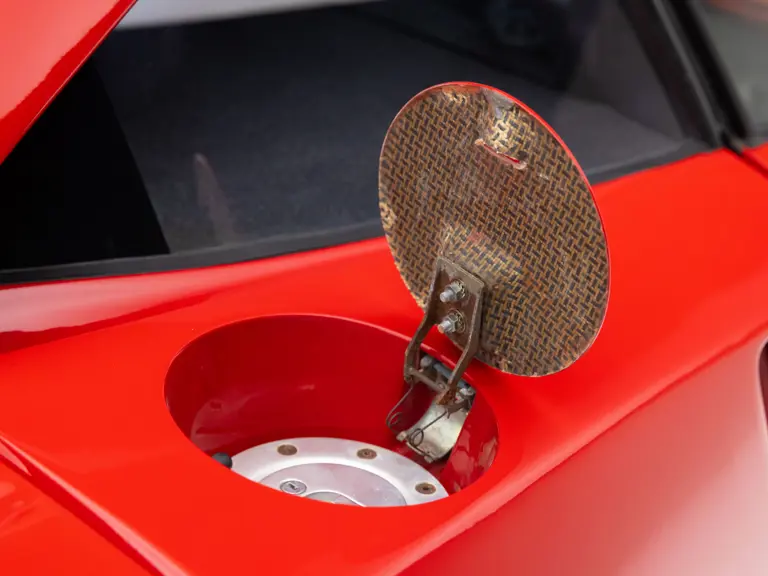
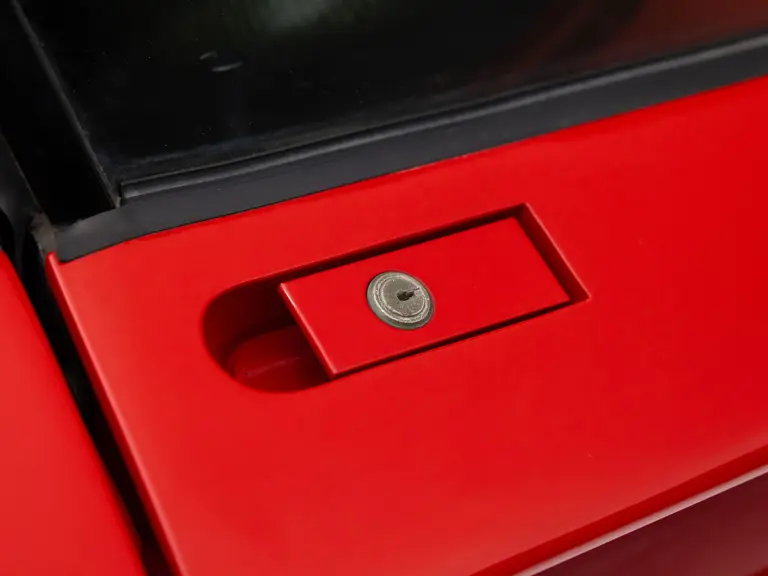
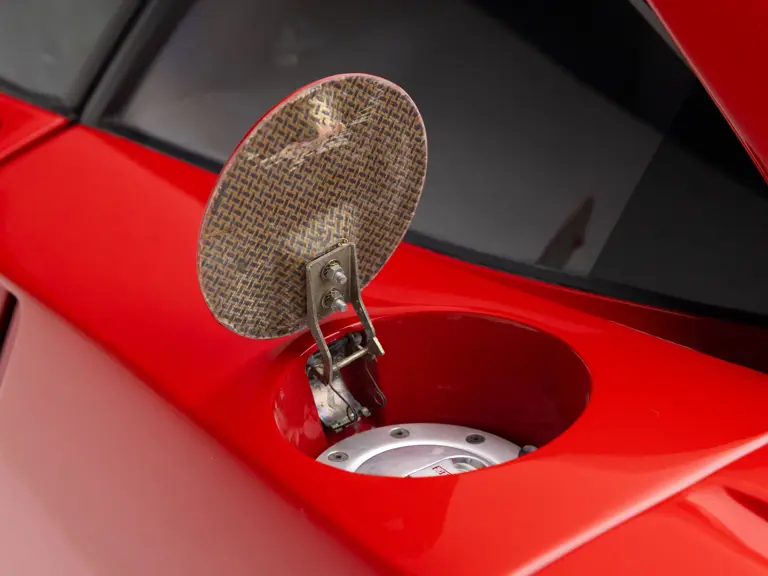

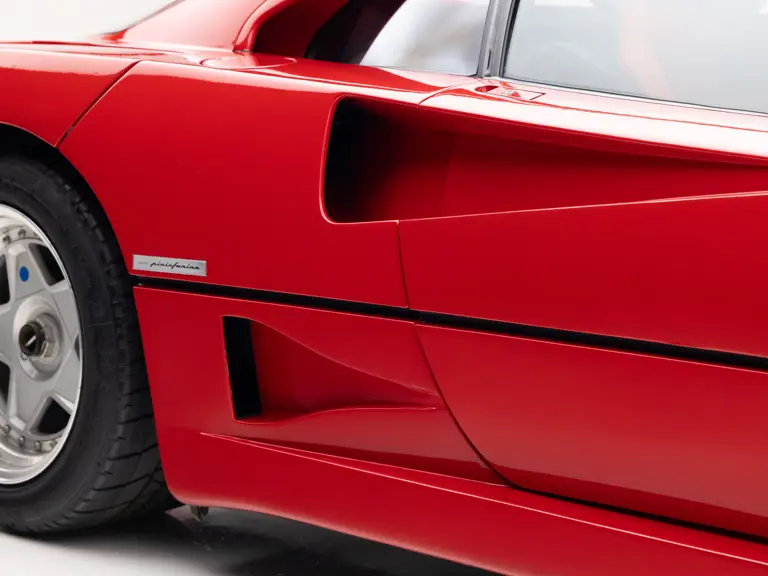

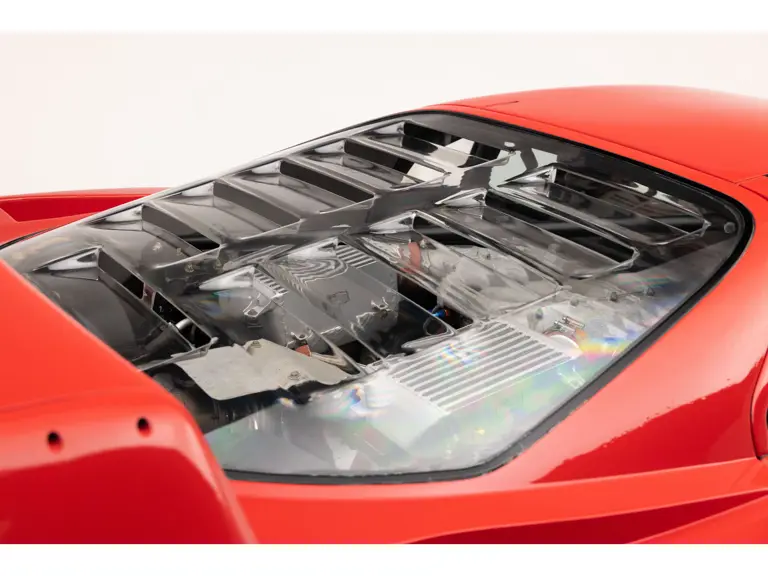
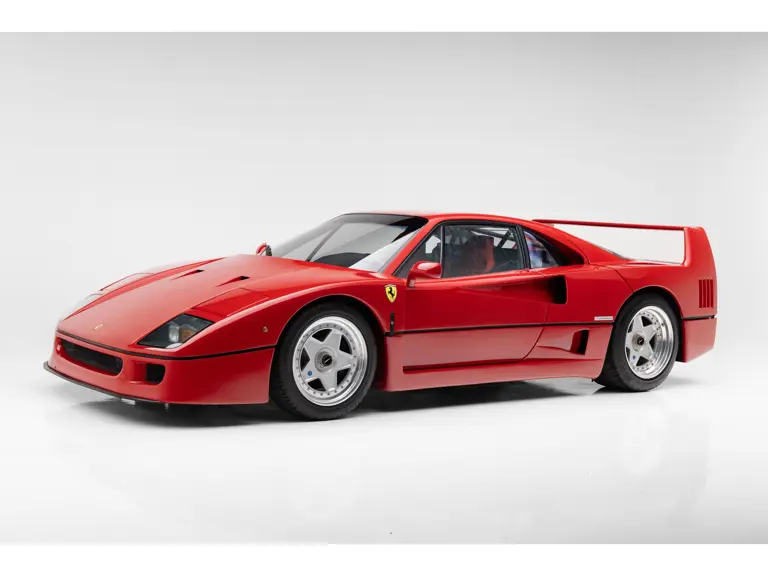
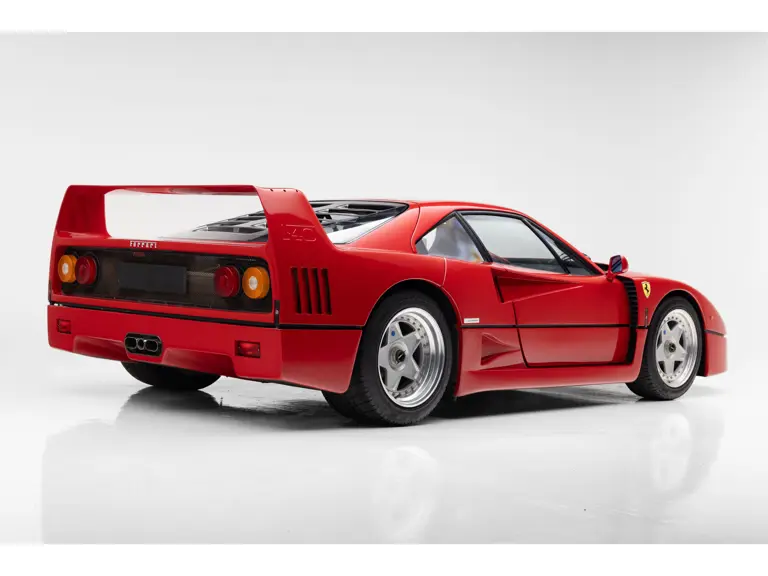
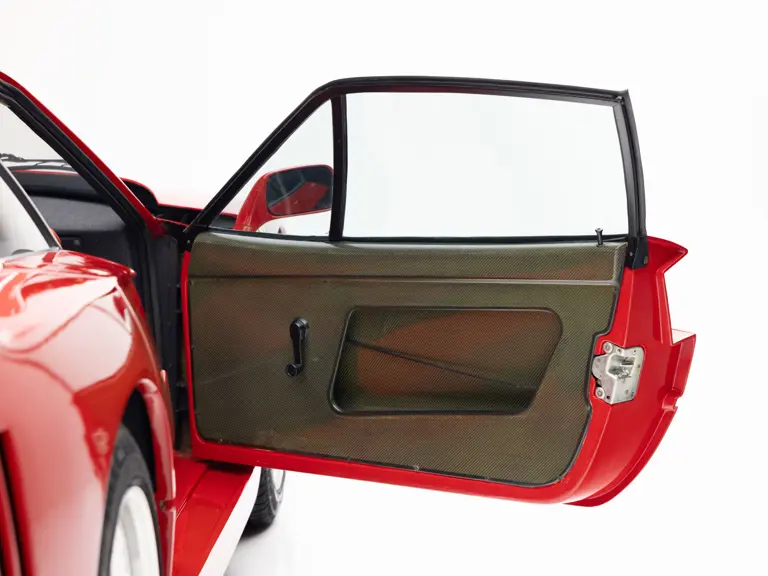


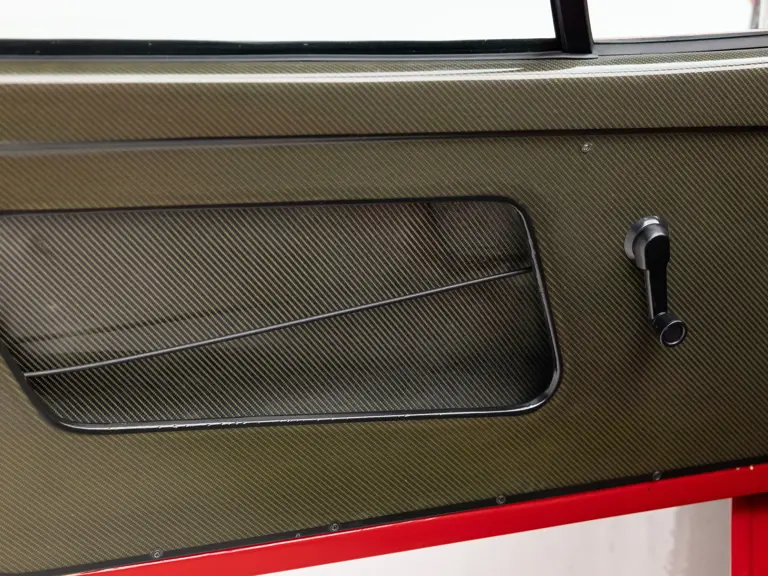
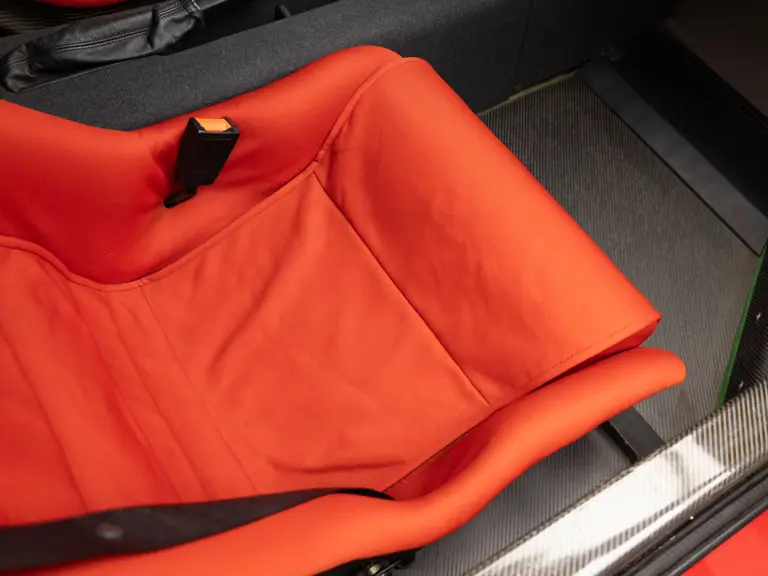
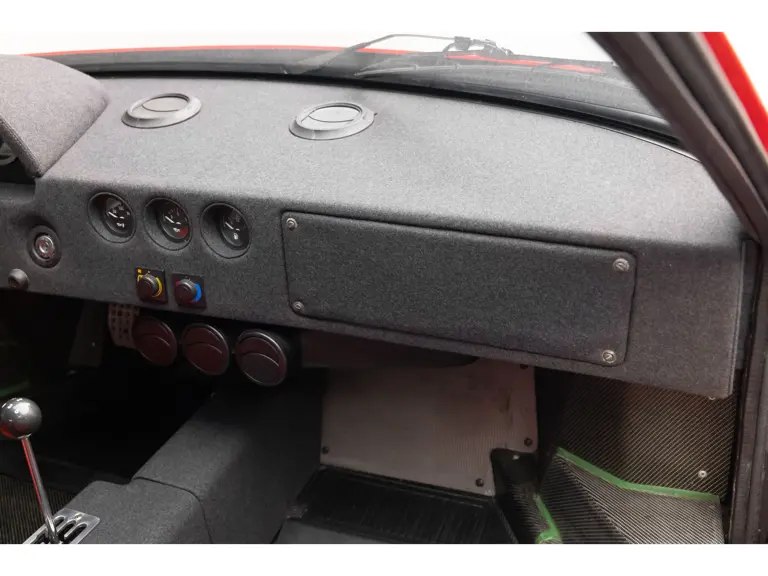
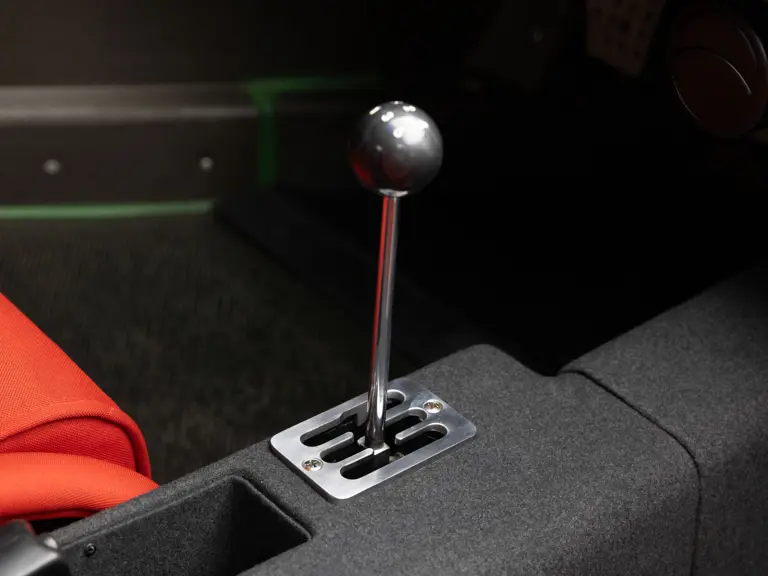

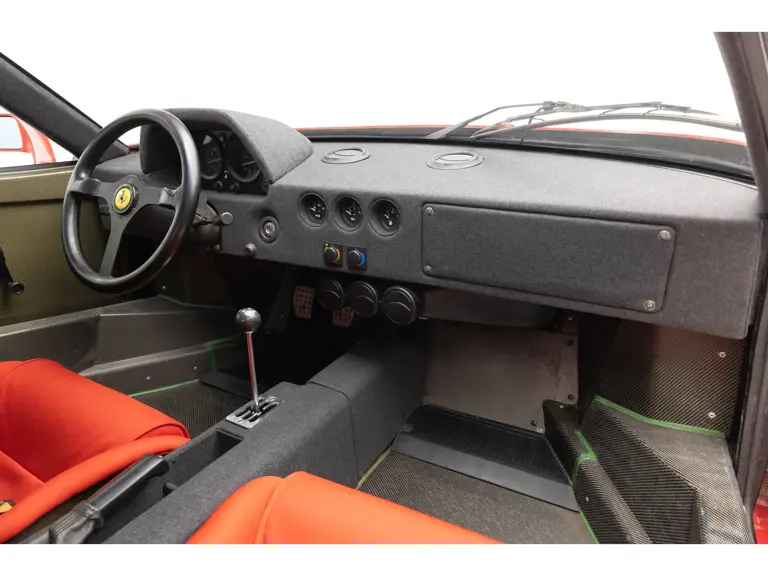
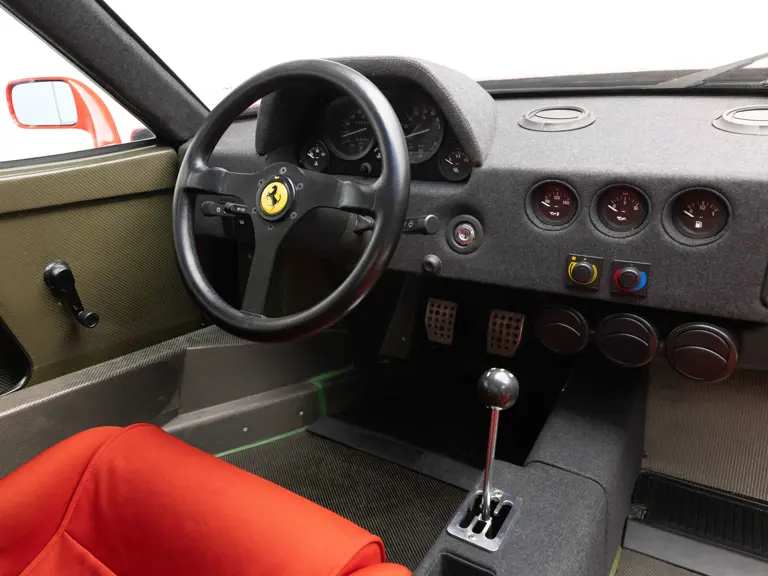
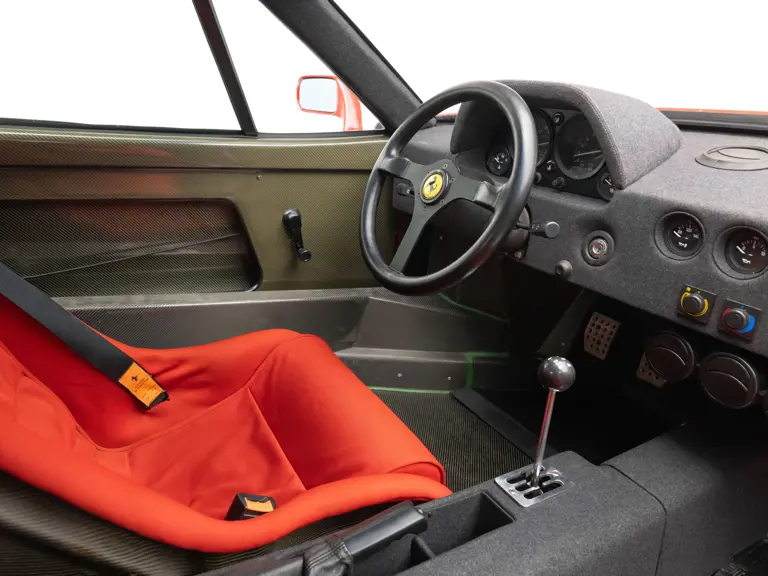
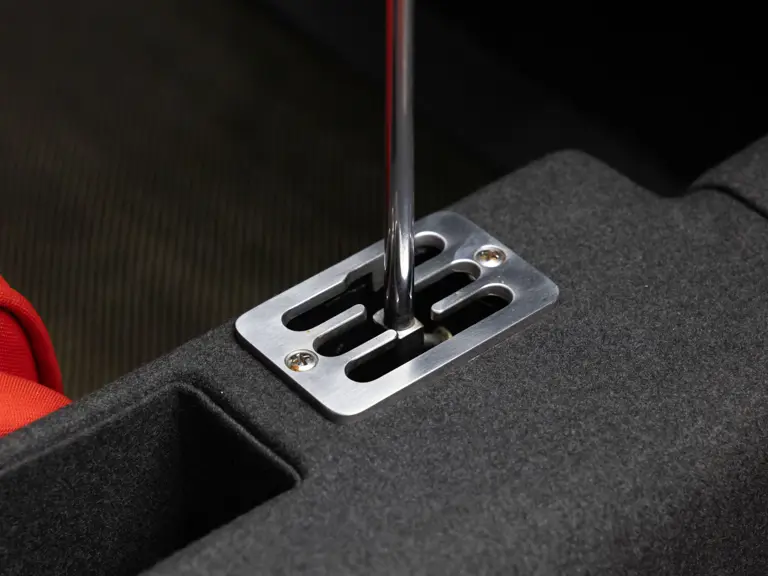




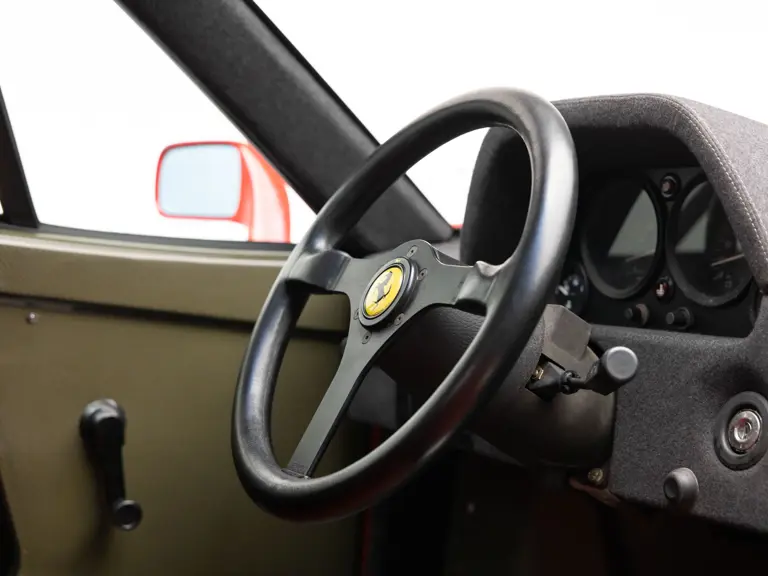
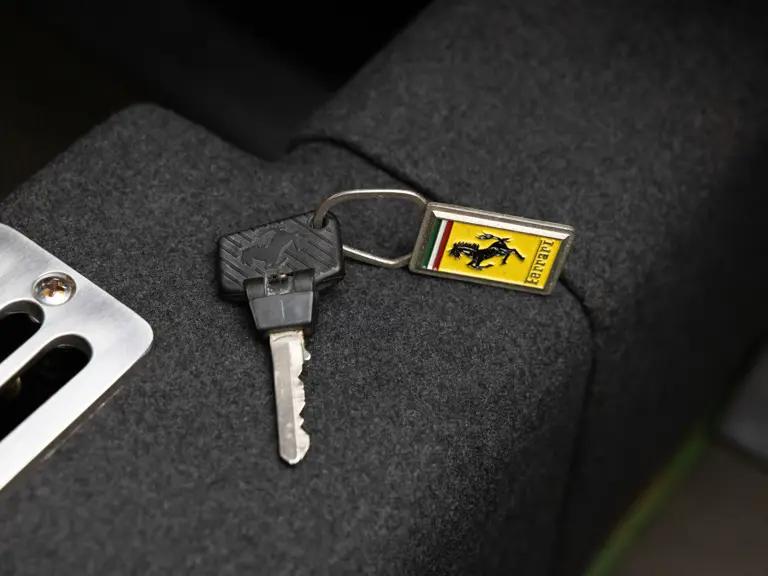
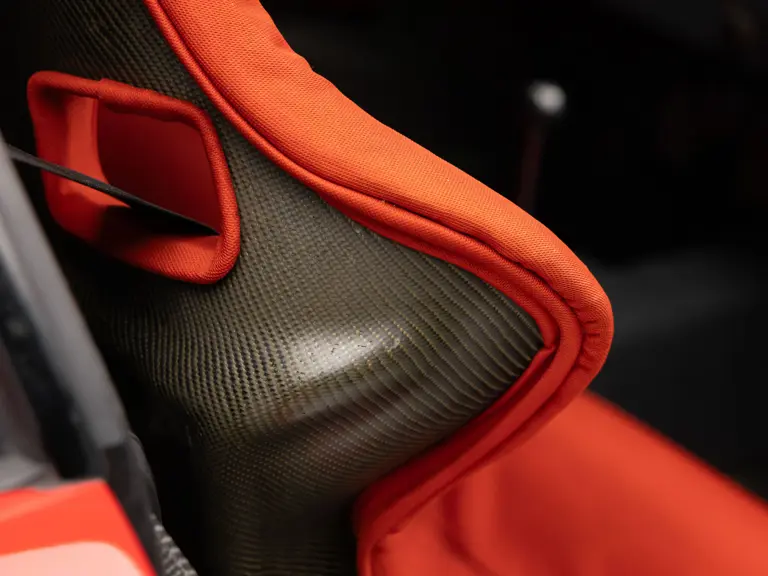
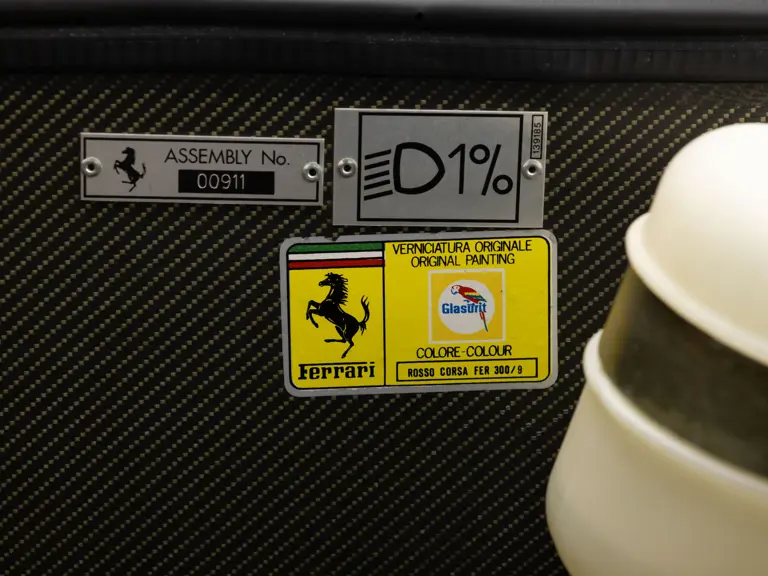
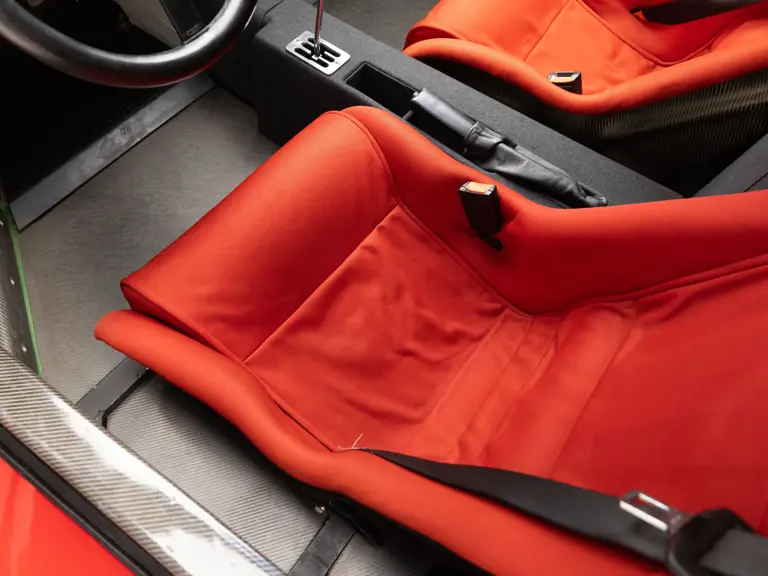
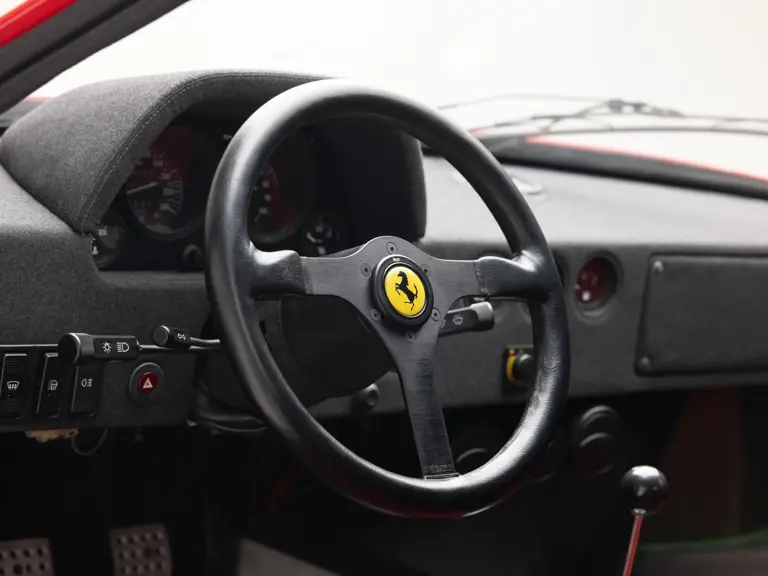
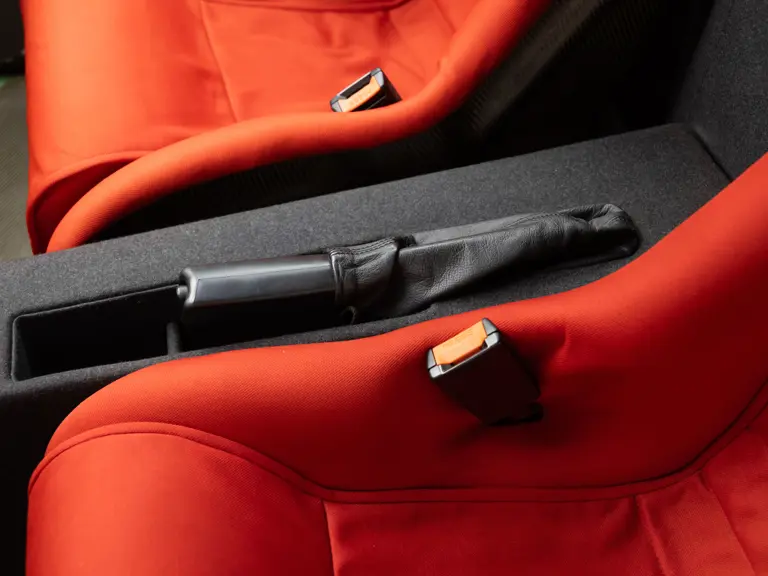
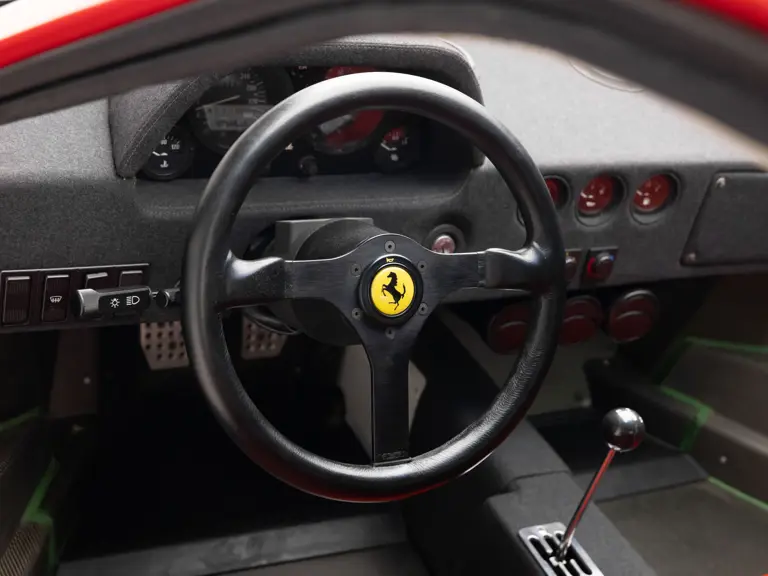
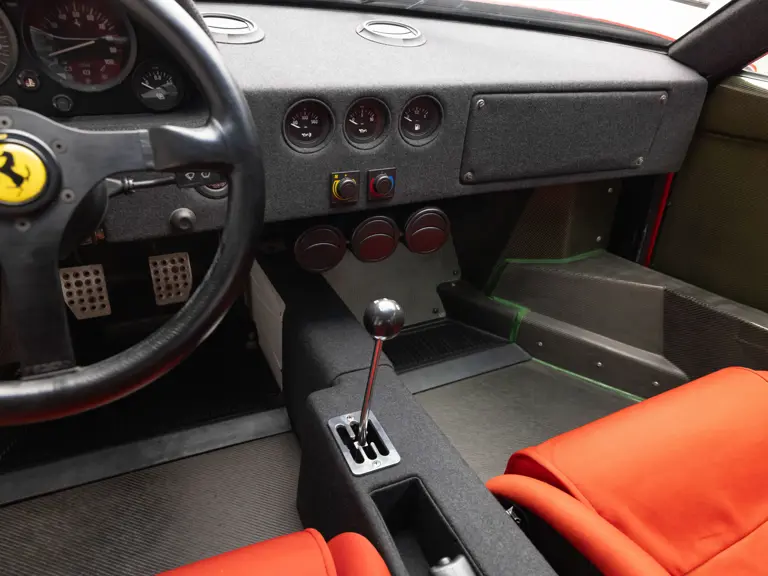
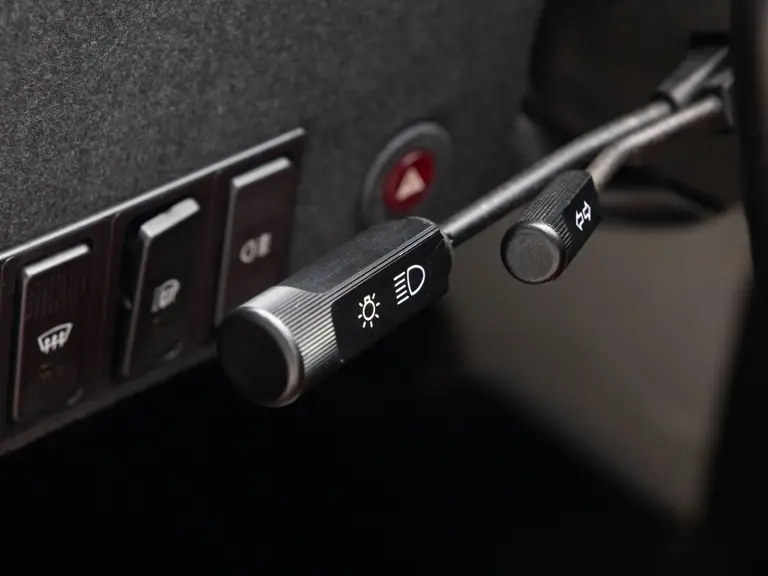
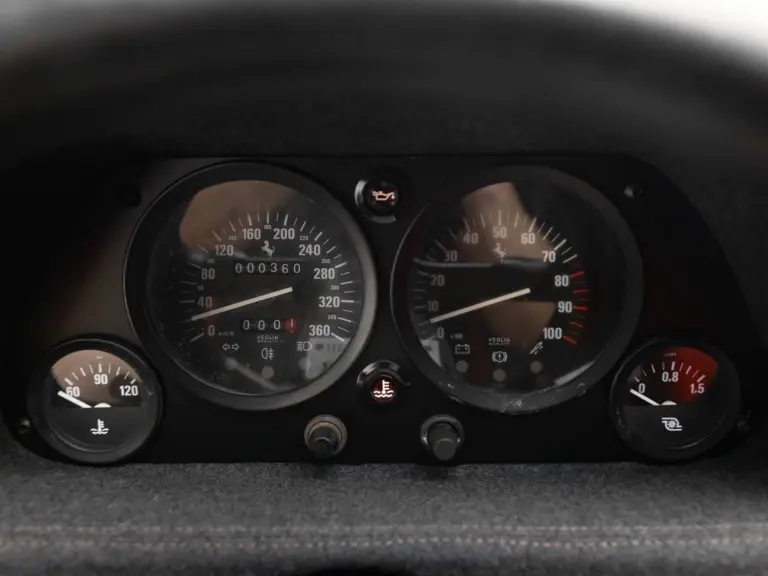
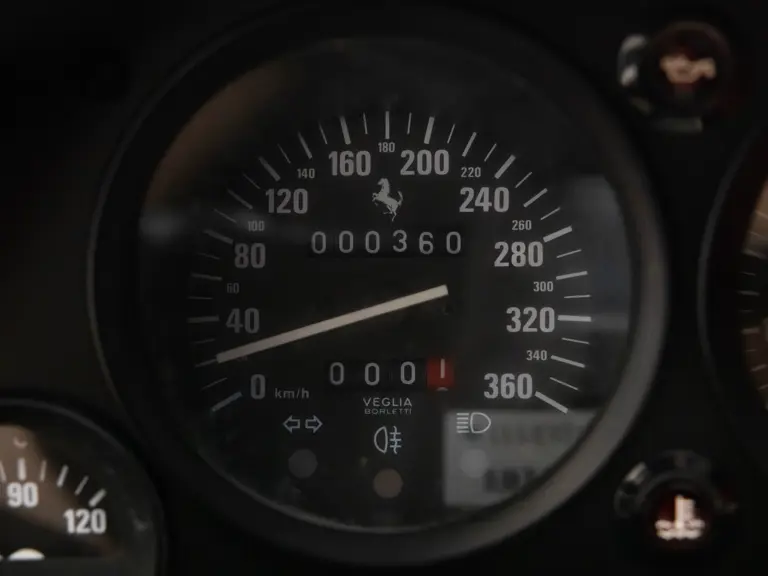
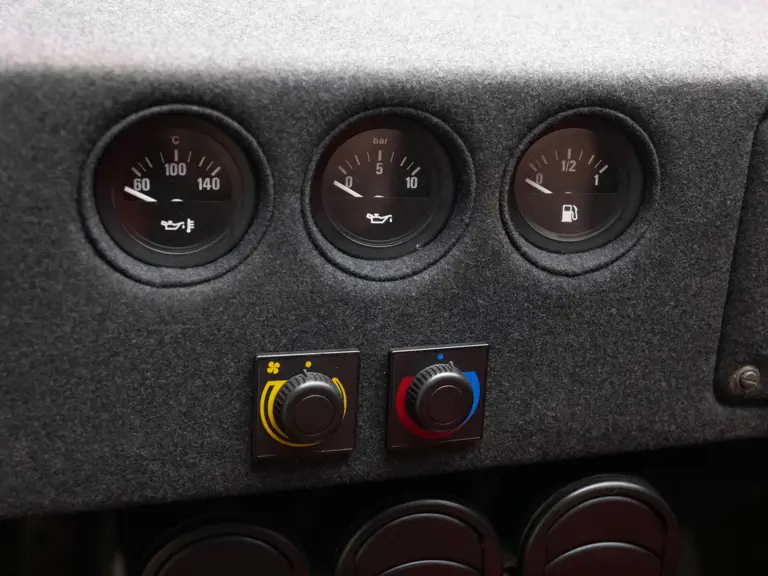
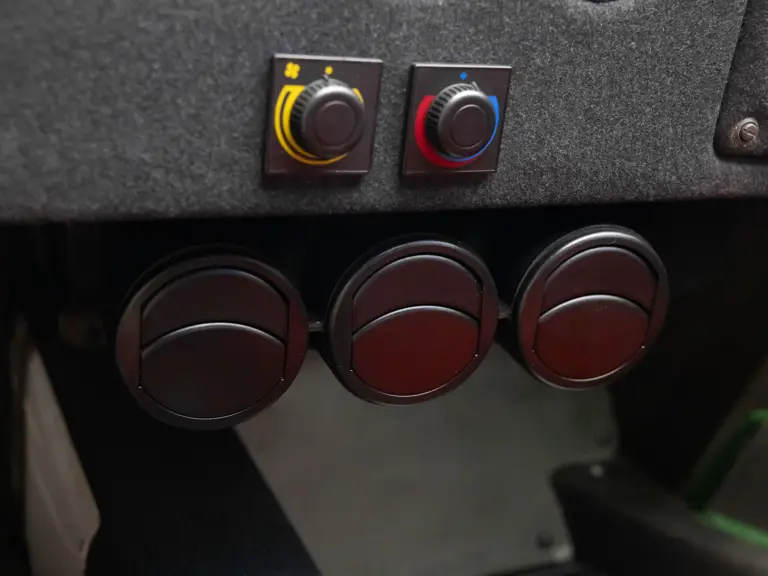
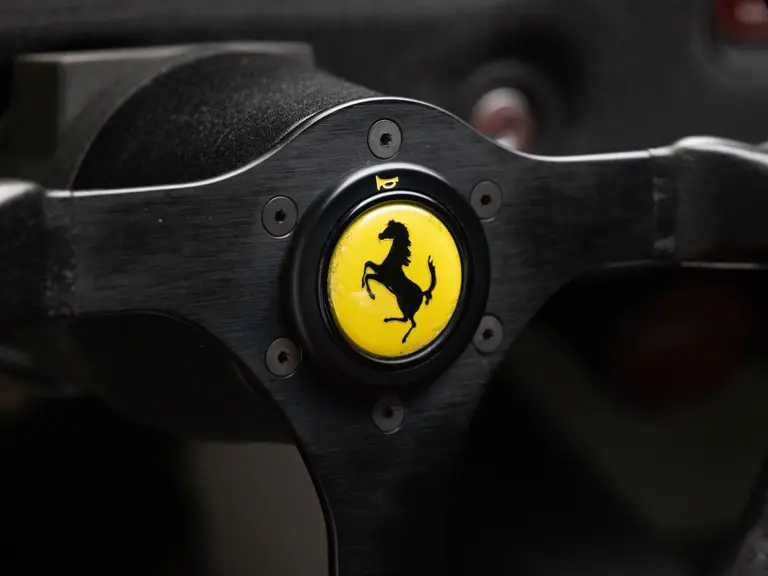
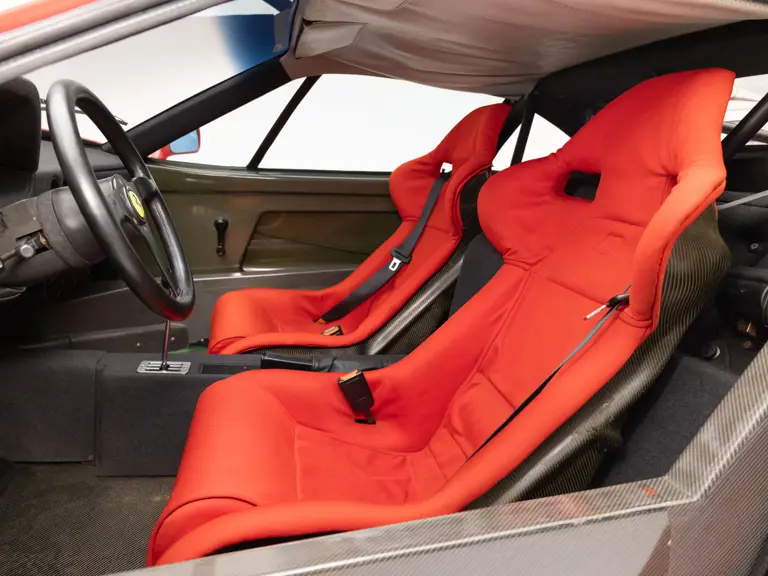
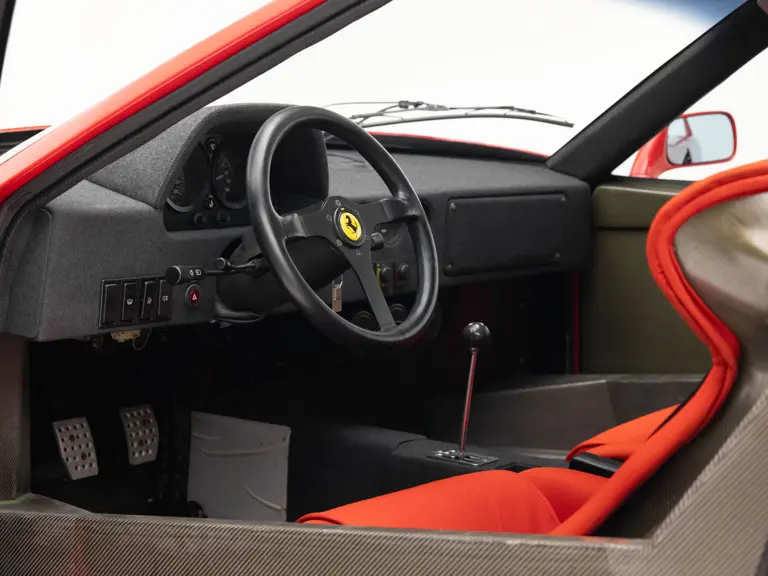
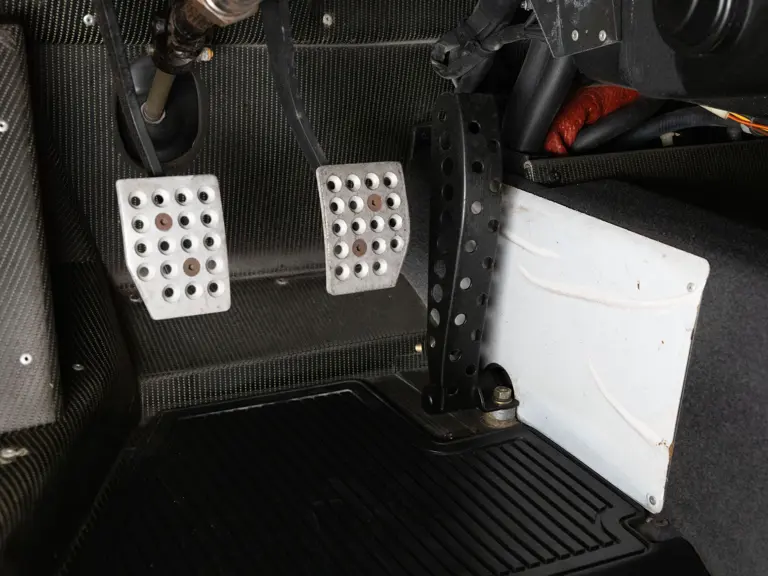


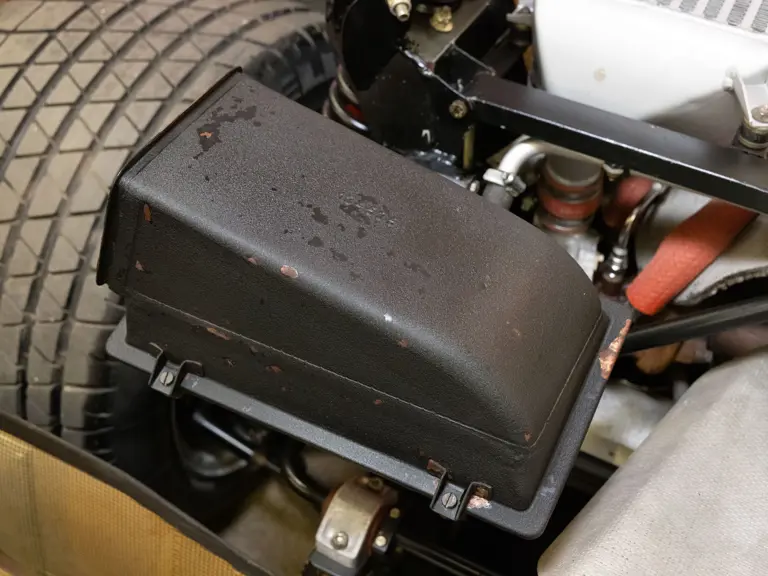
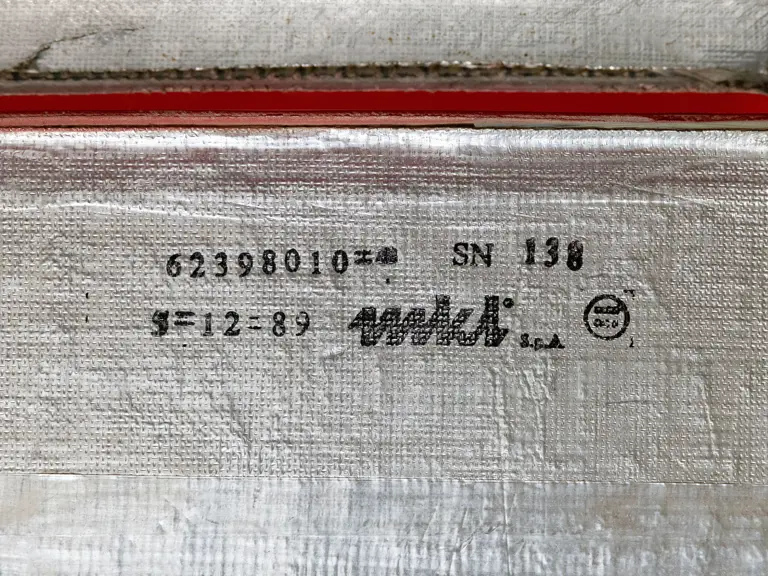



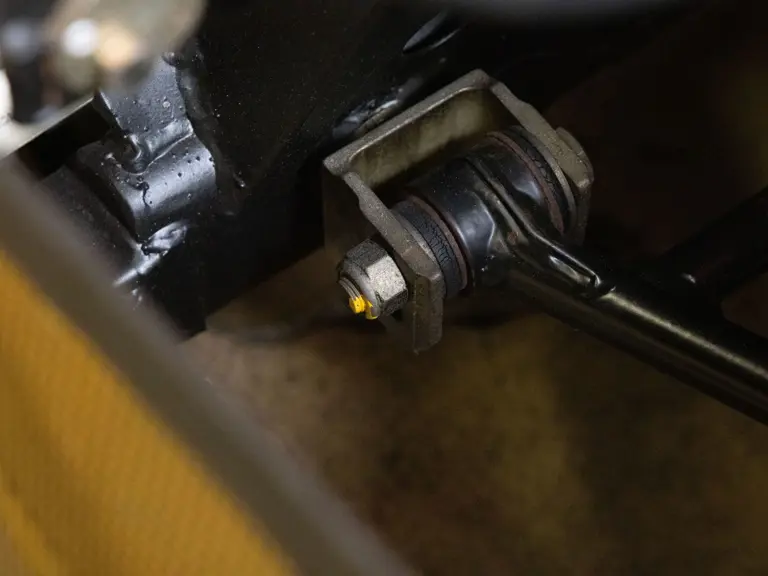
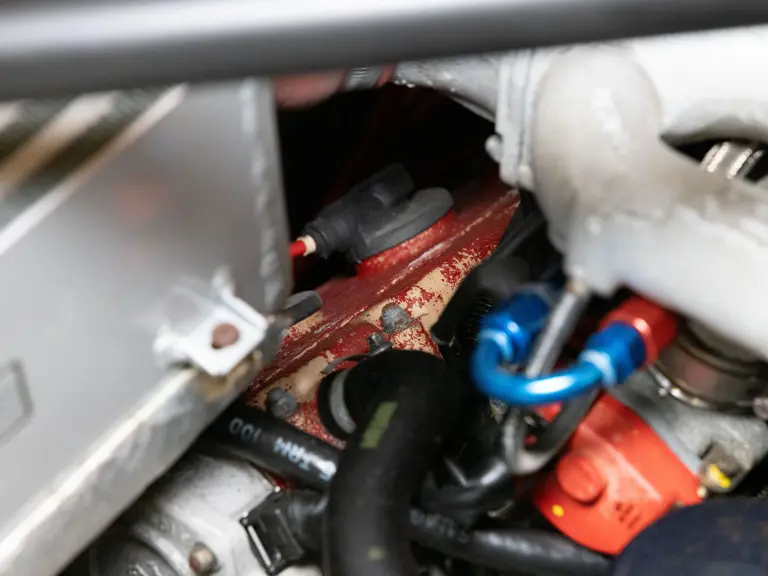
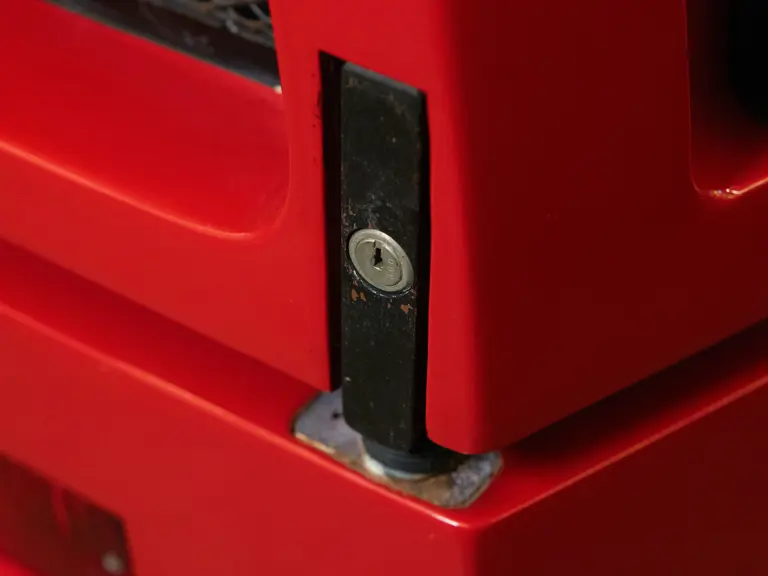
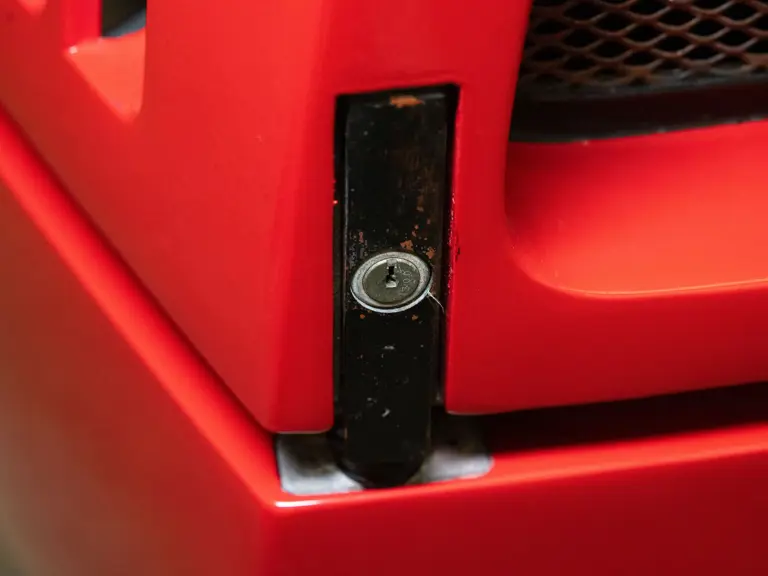
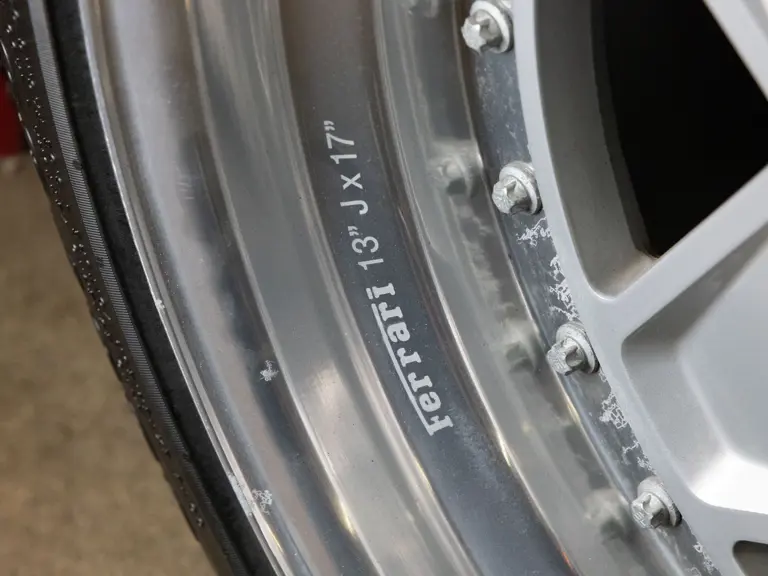



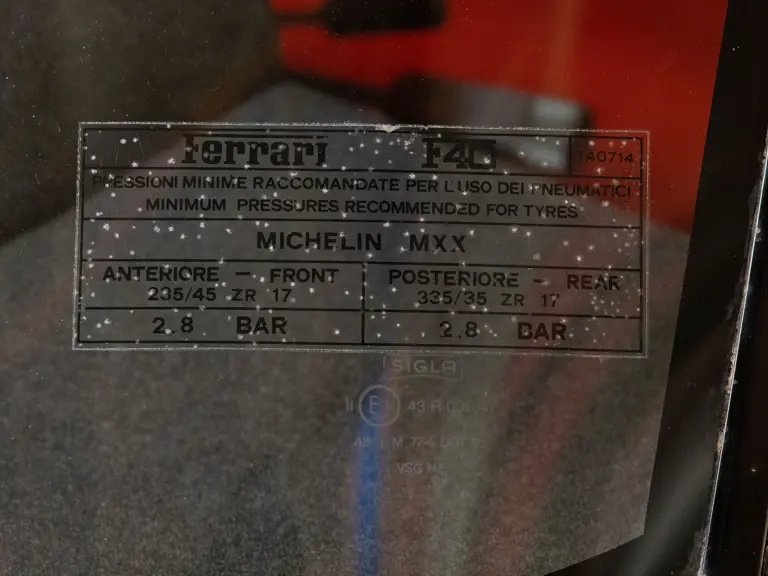
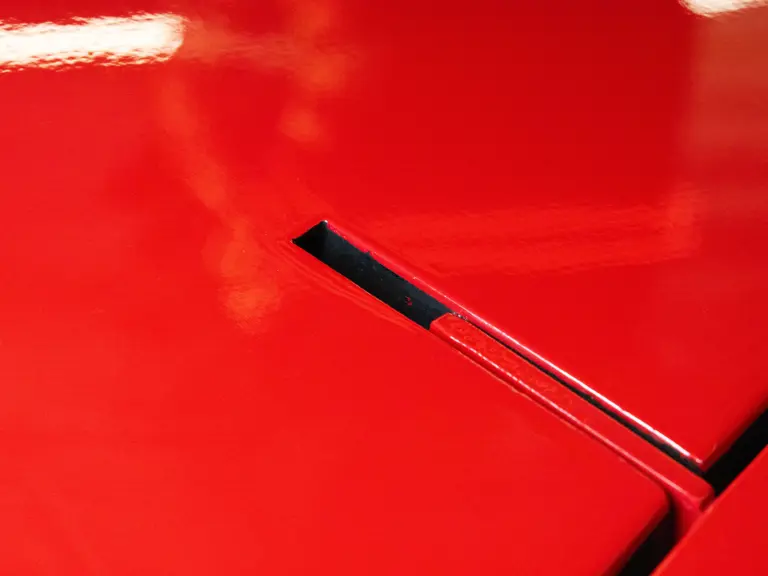


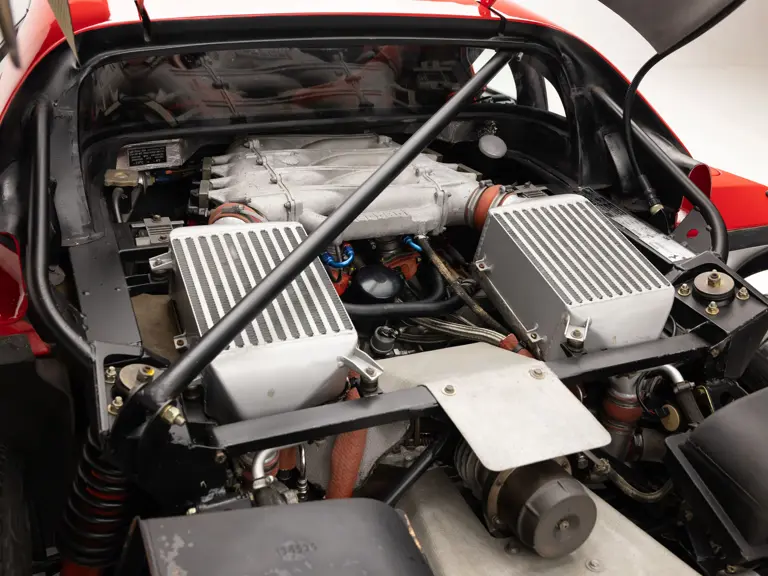
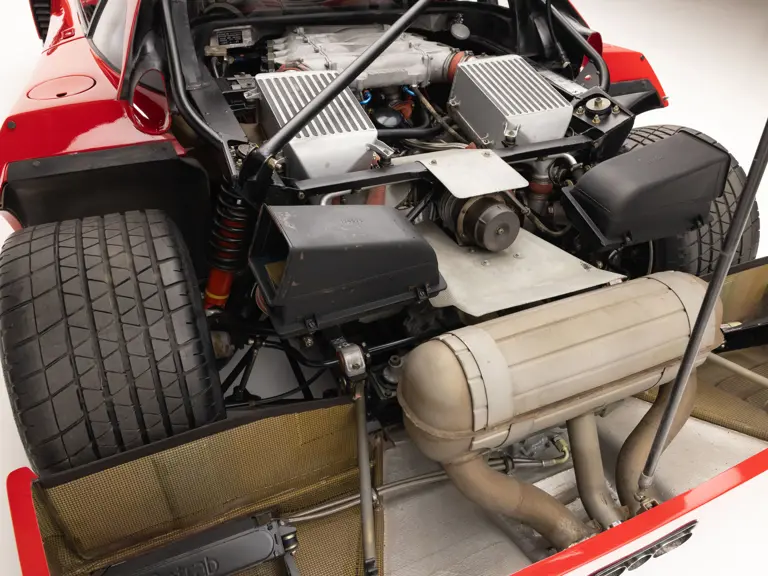

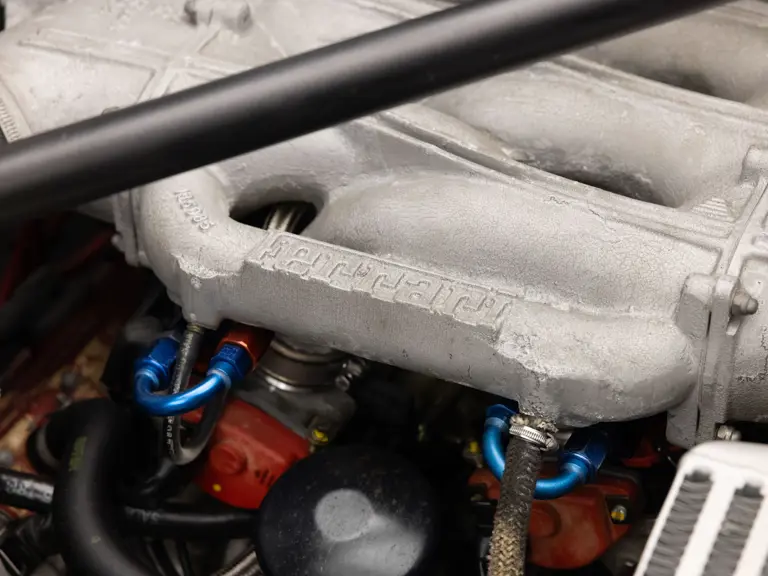
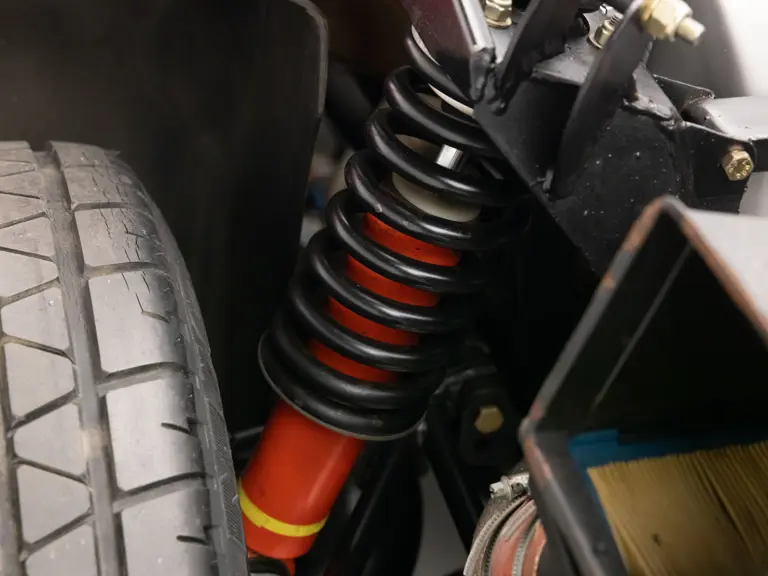
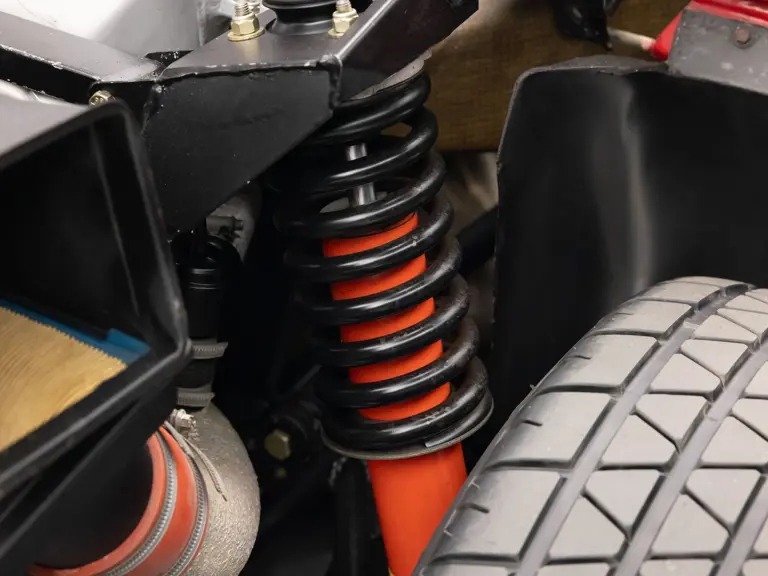
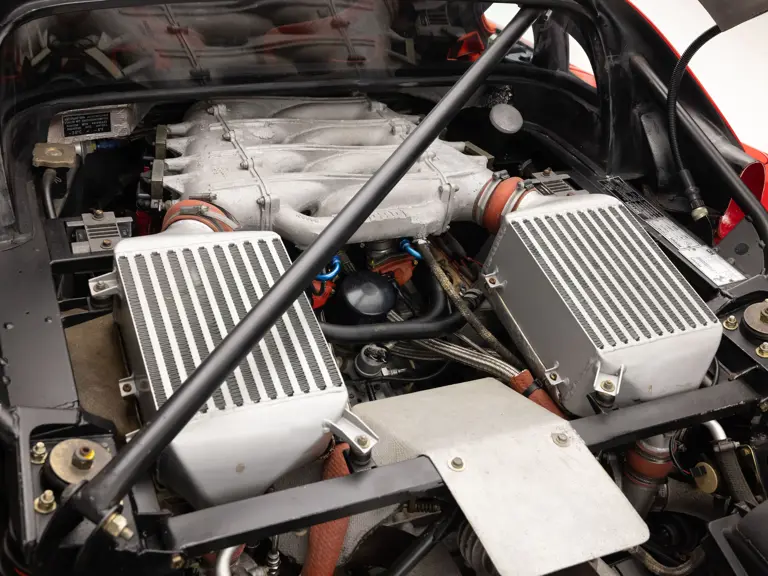
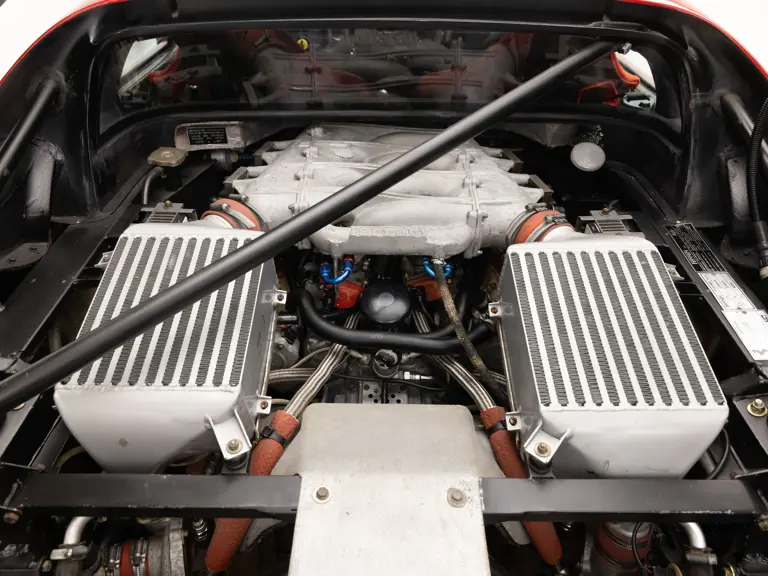
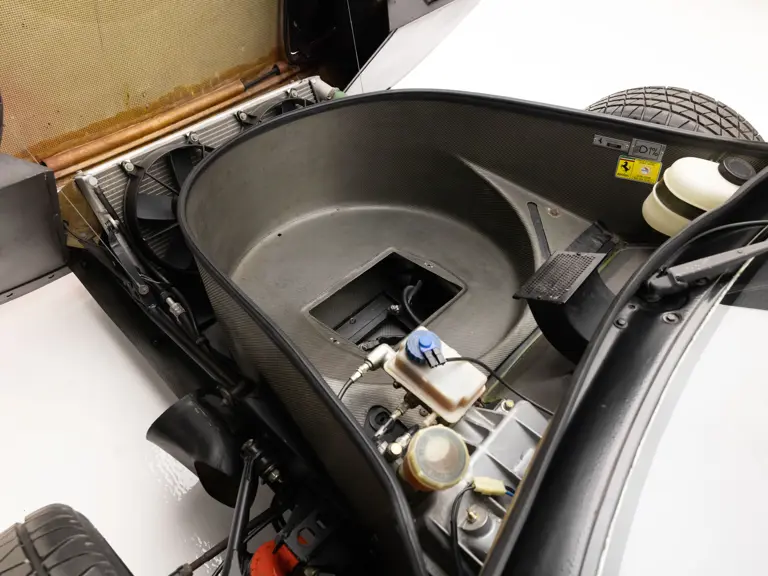
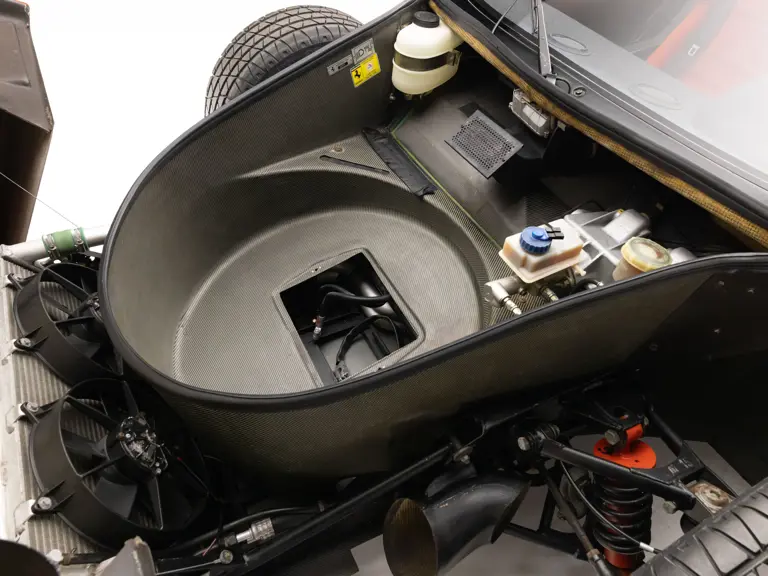
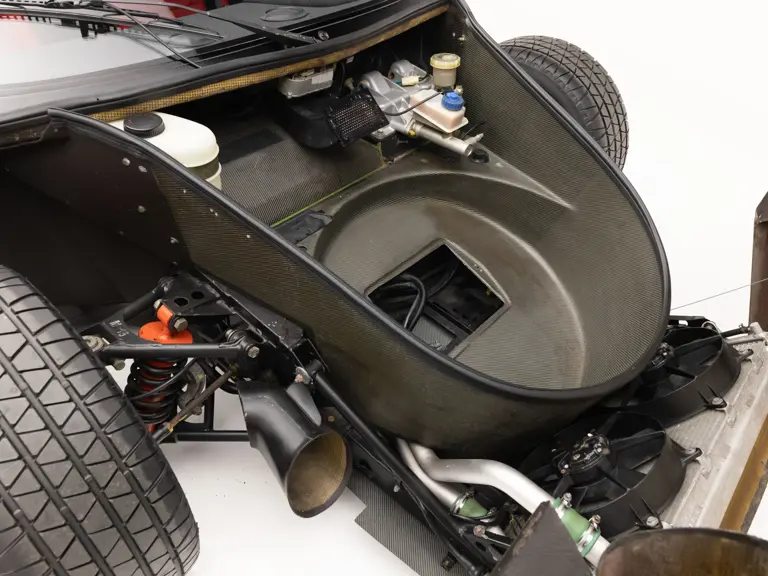
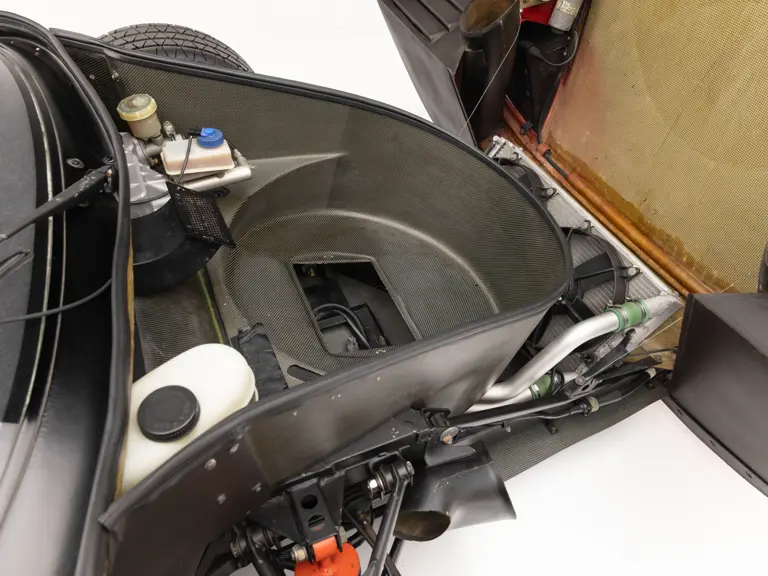
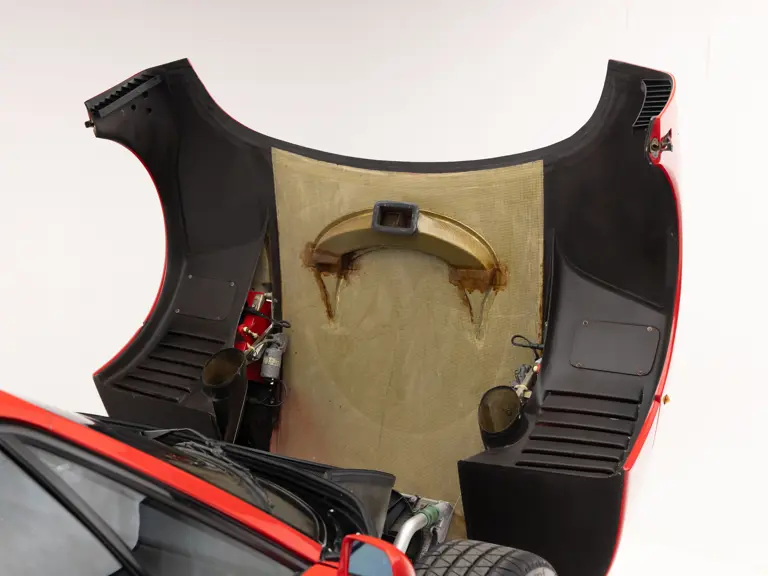




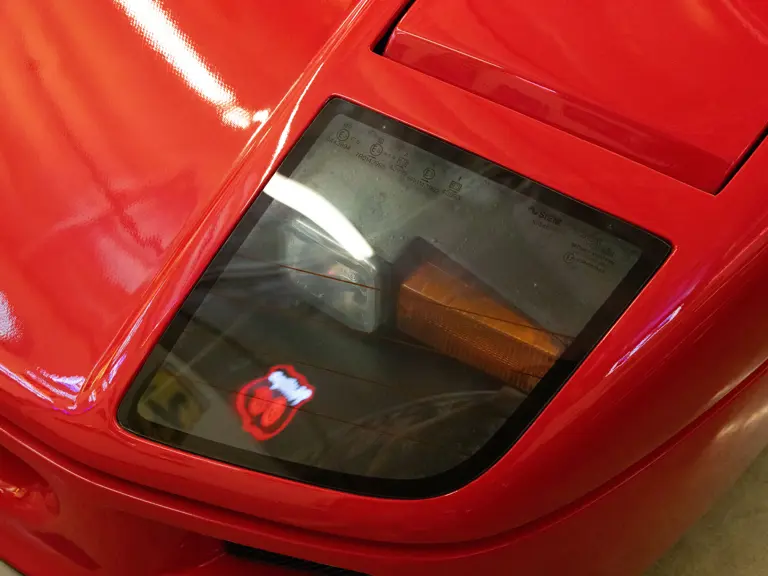
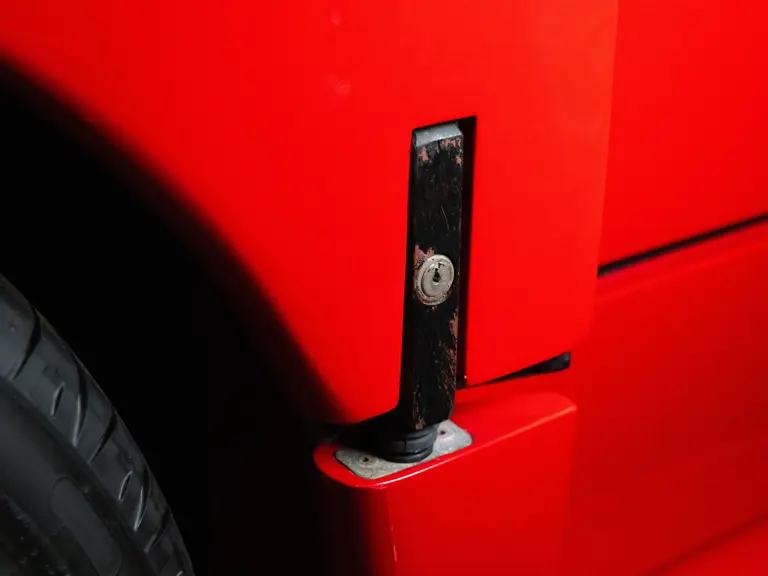

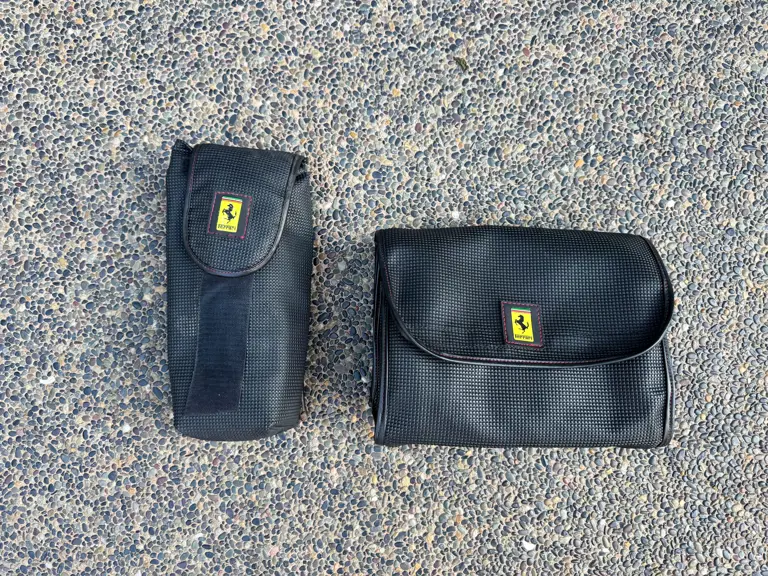
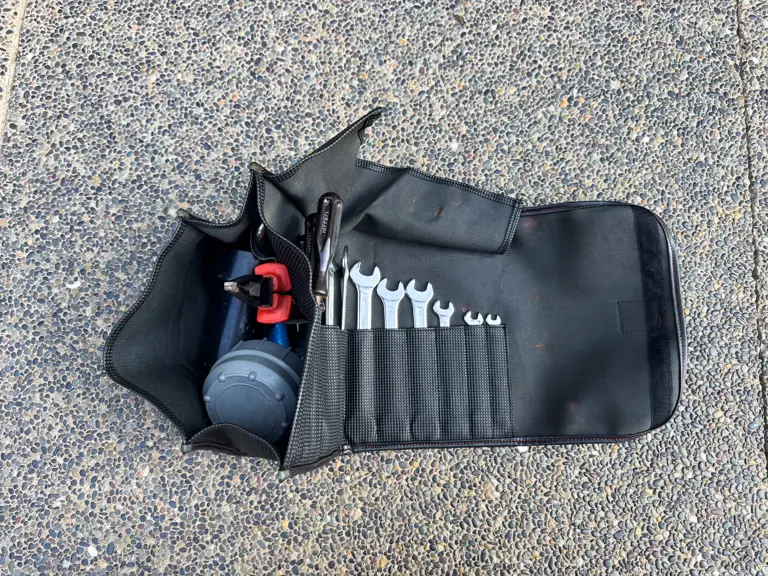
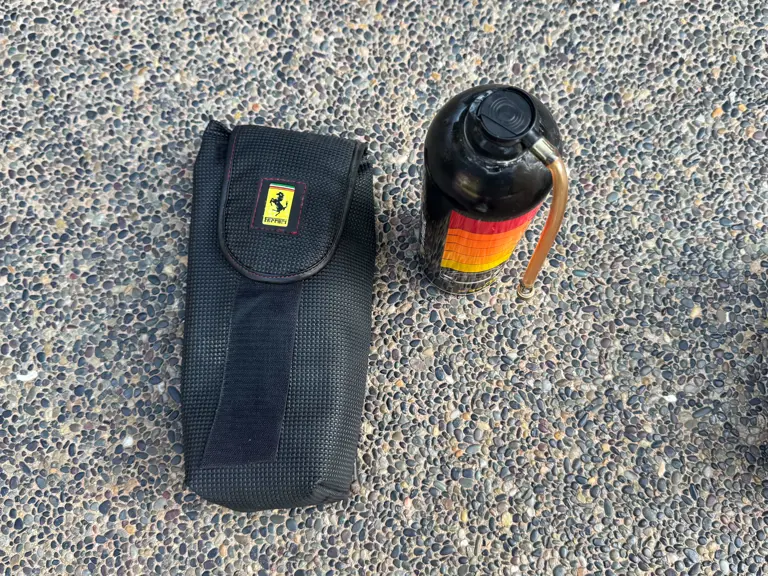
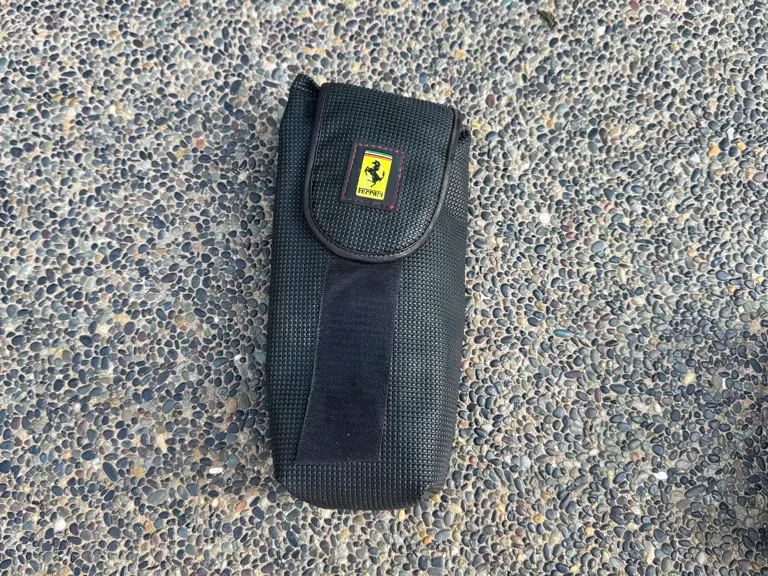
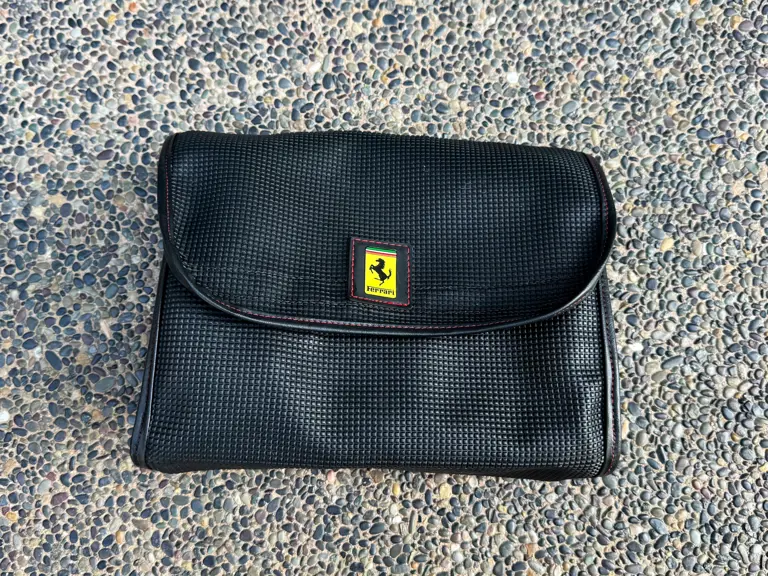
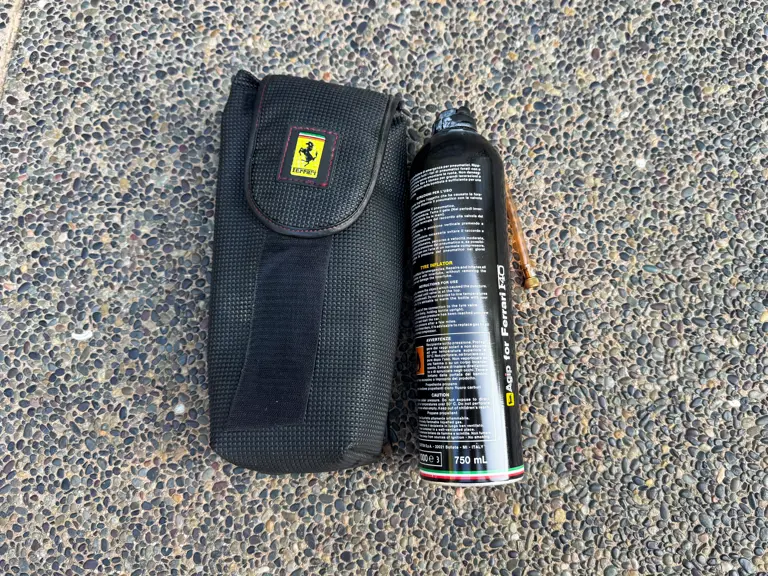
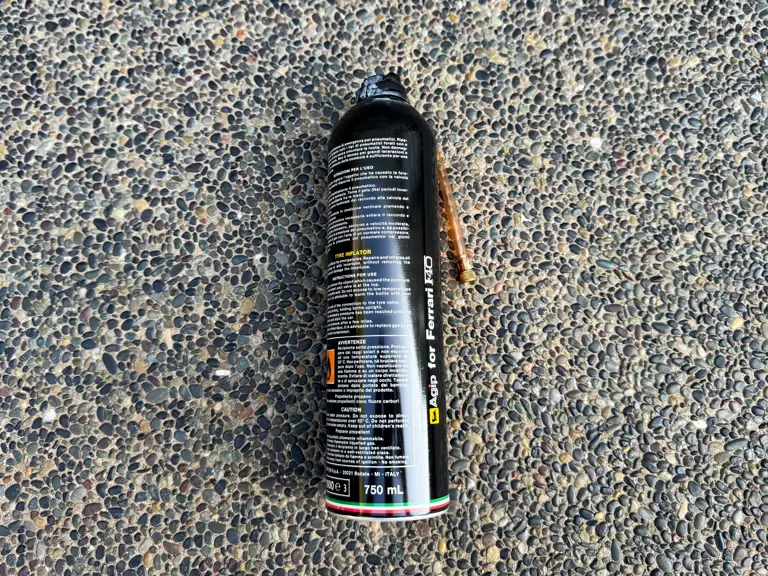
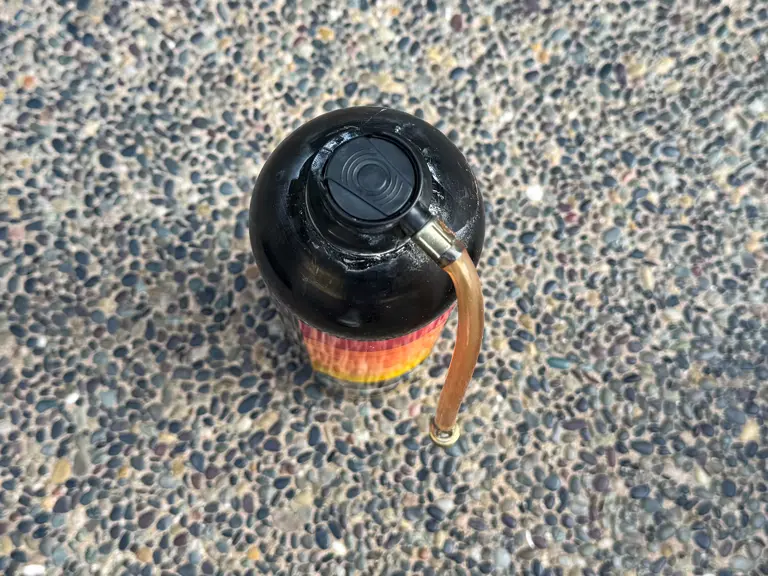

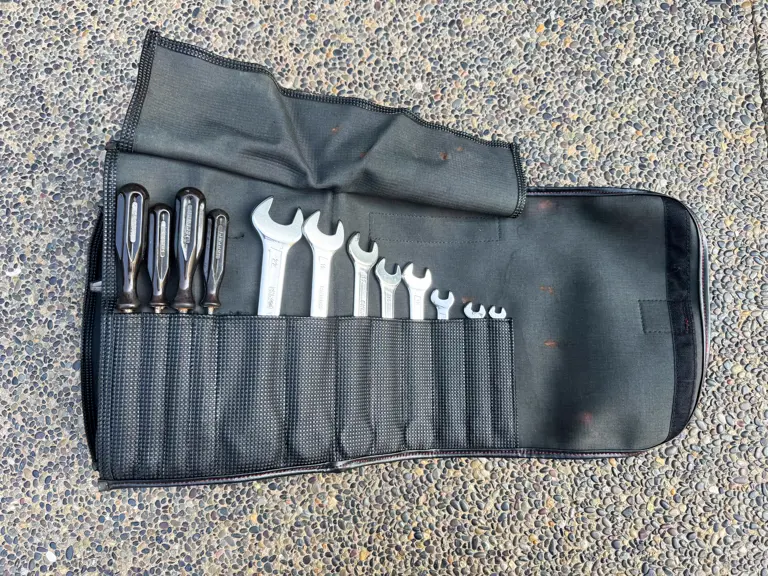
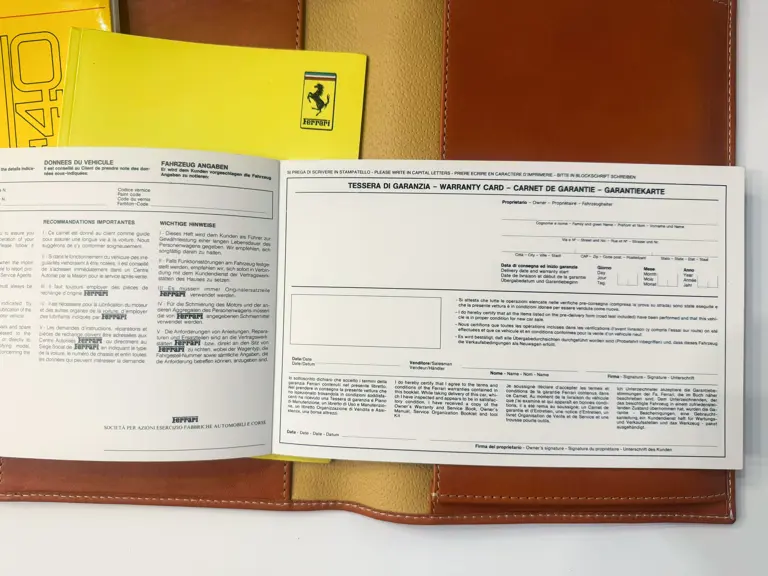
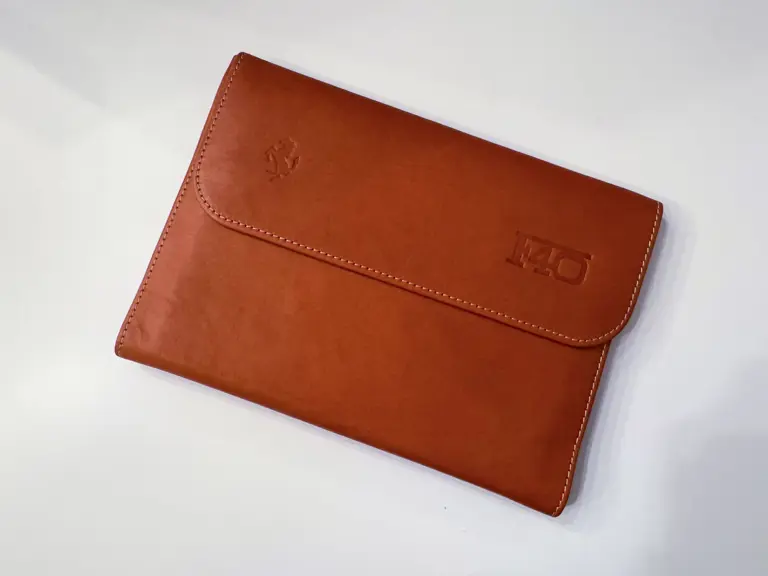
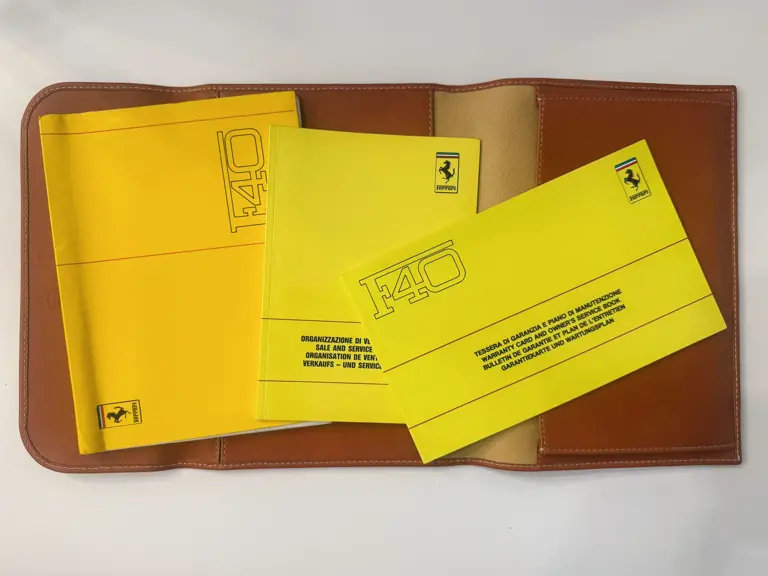
 | Monterey, California
| Monterey, California




